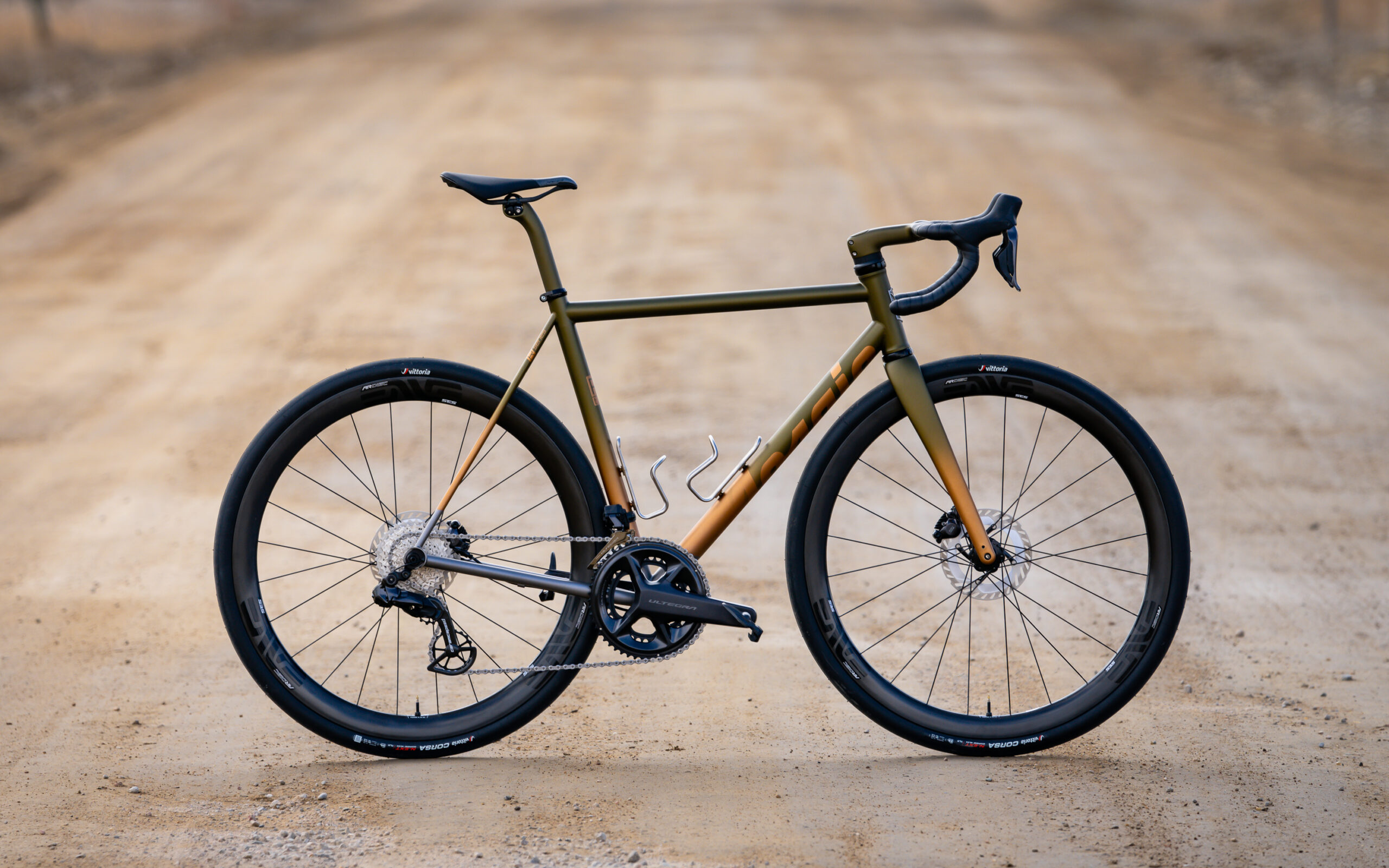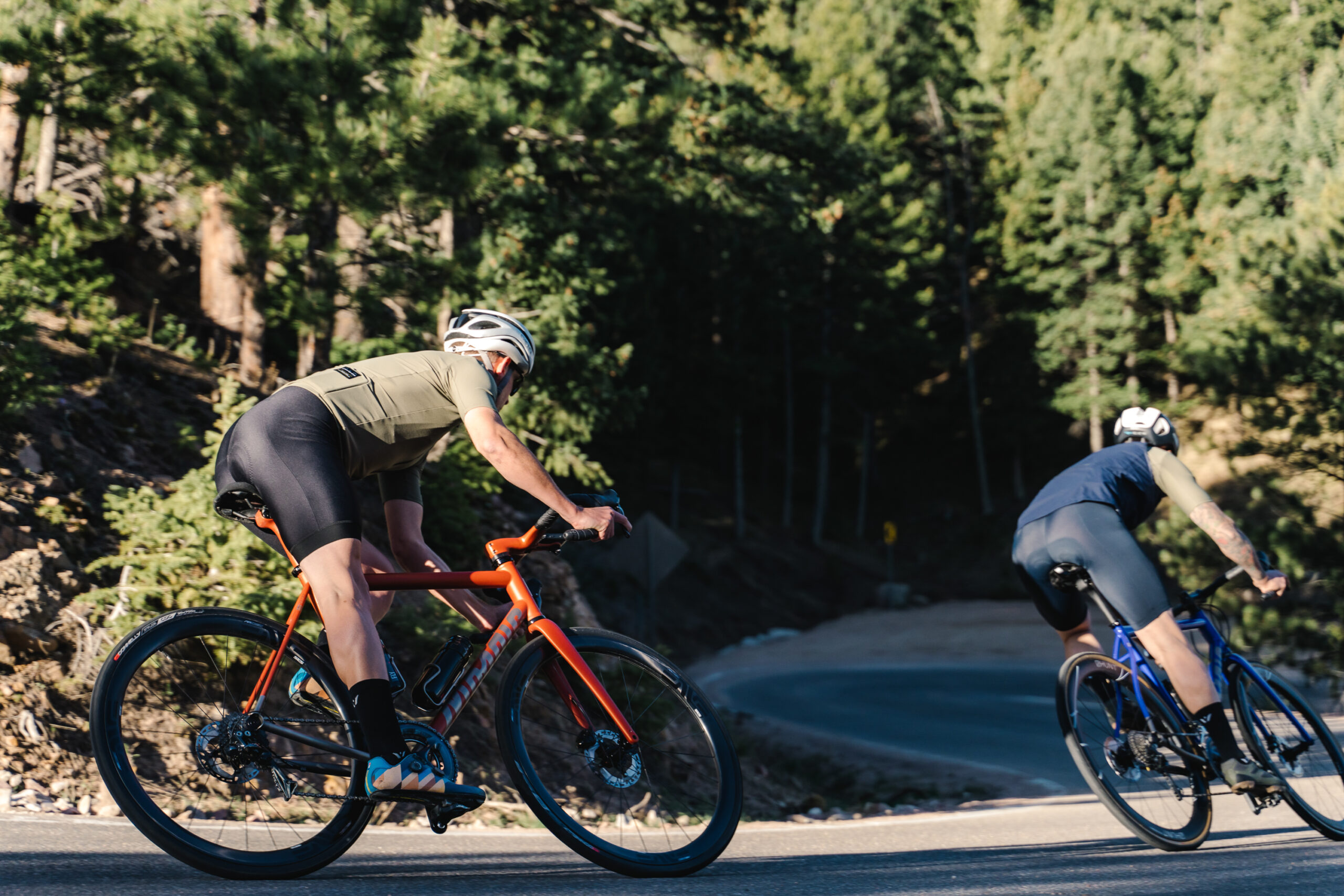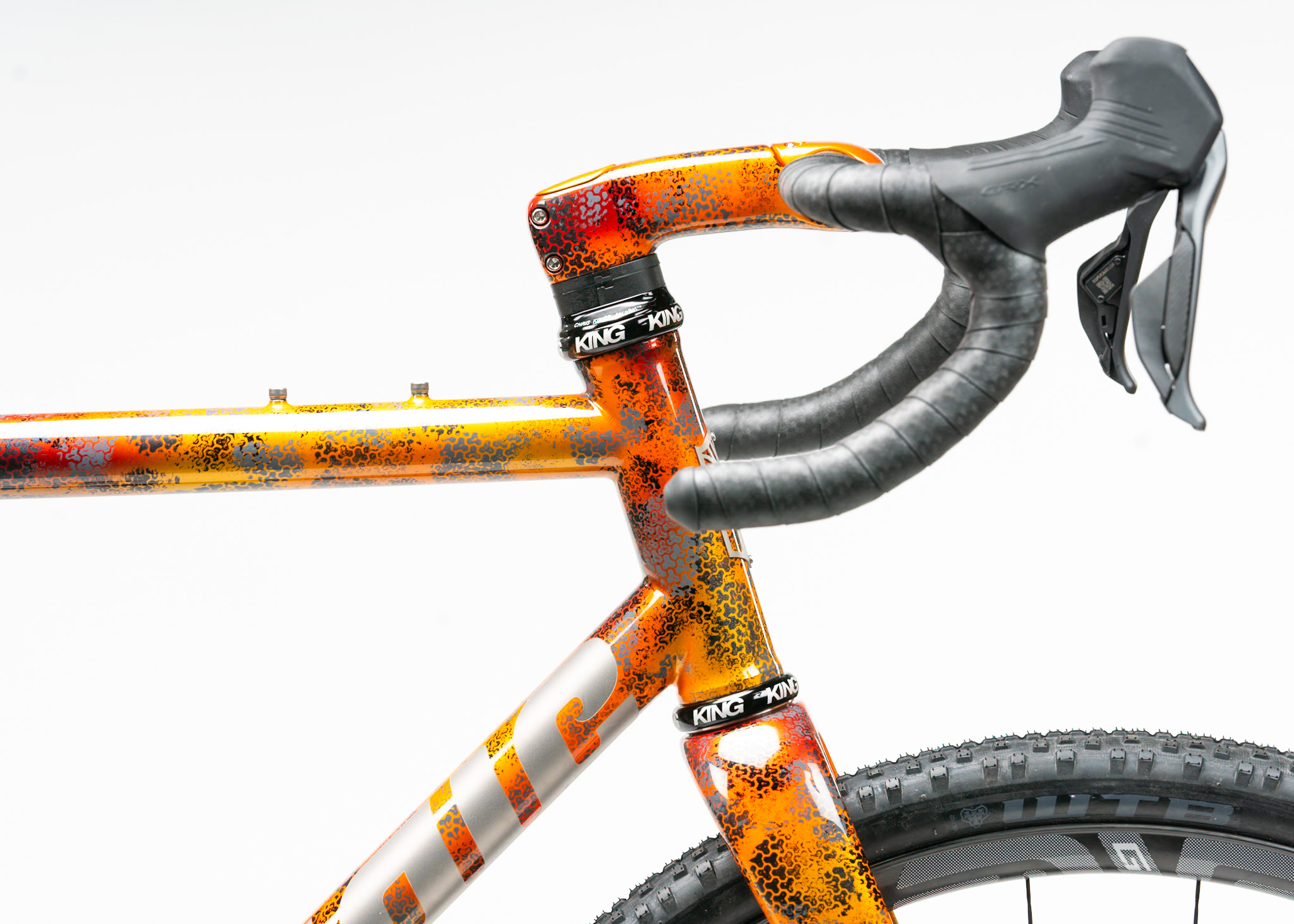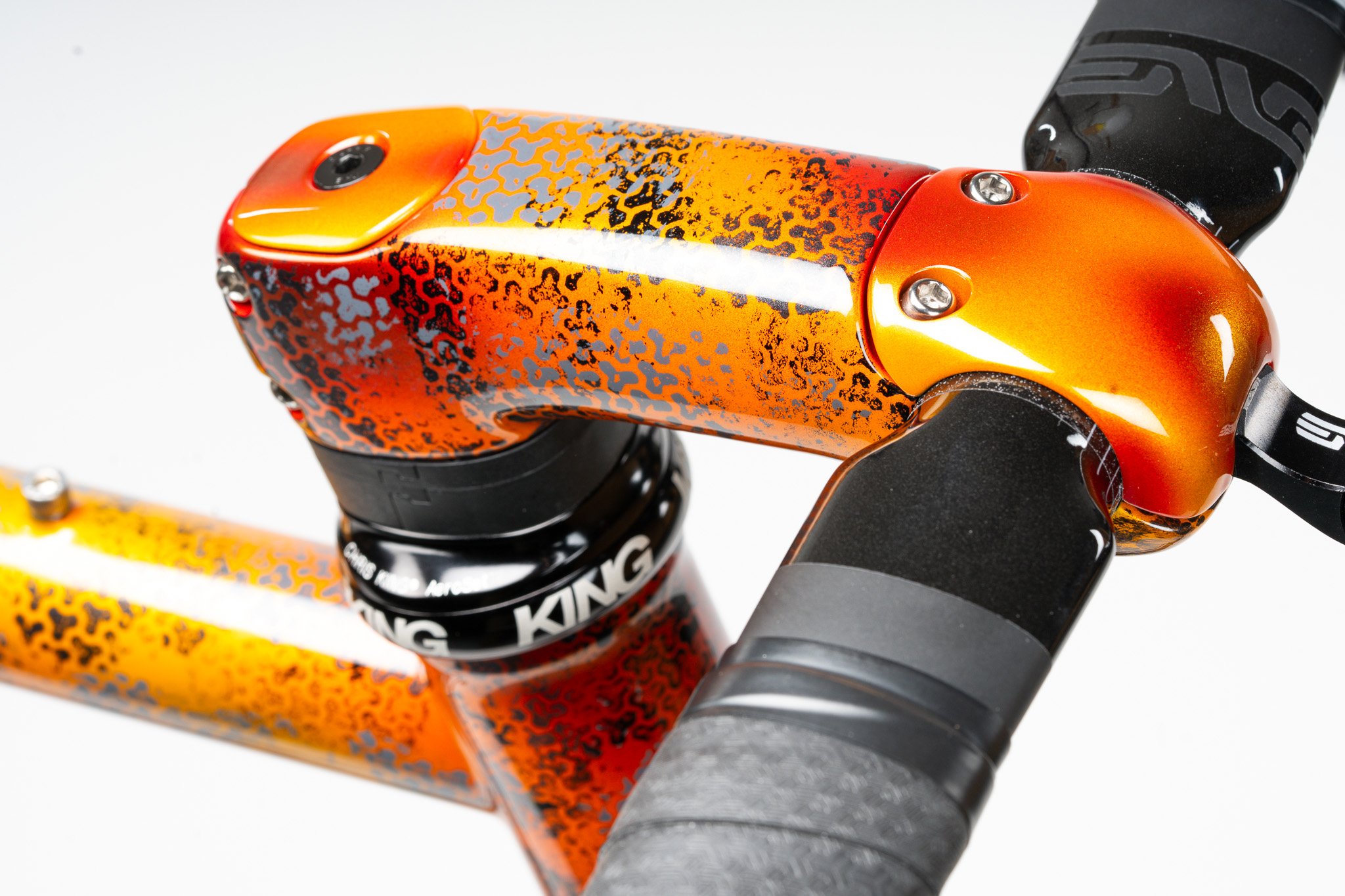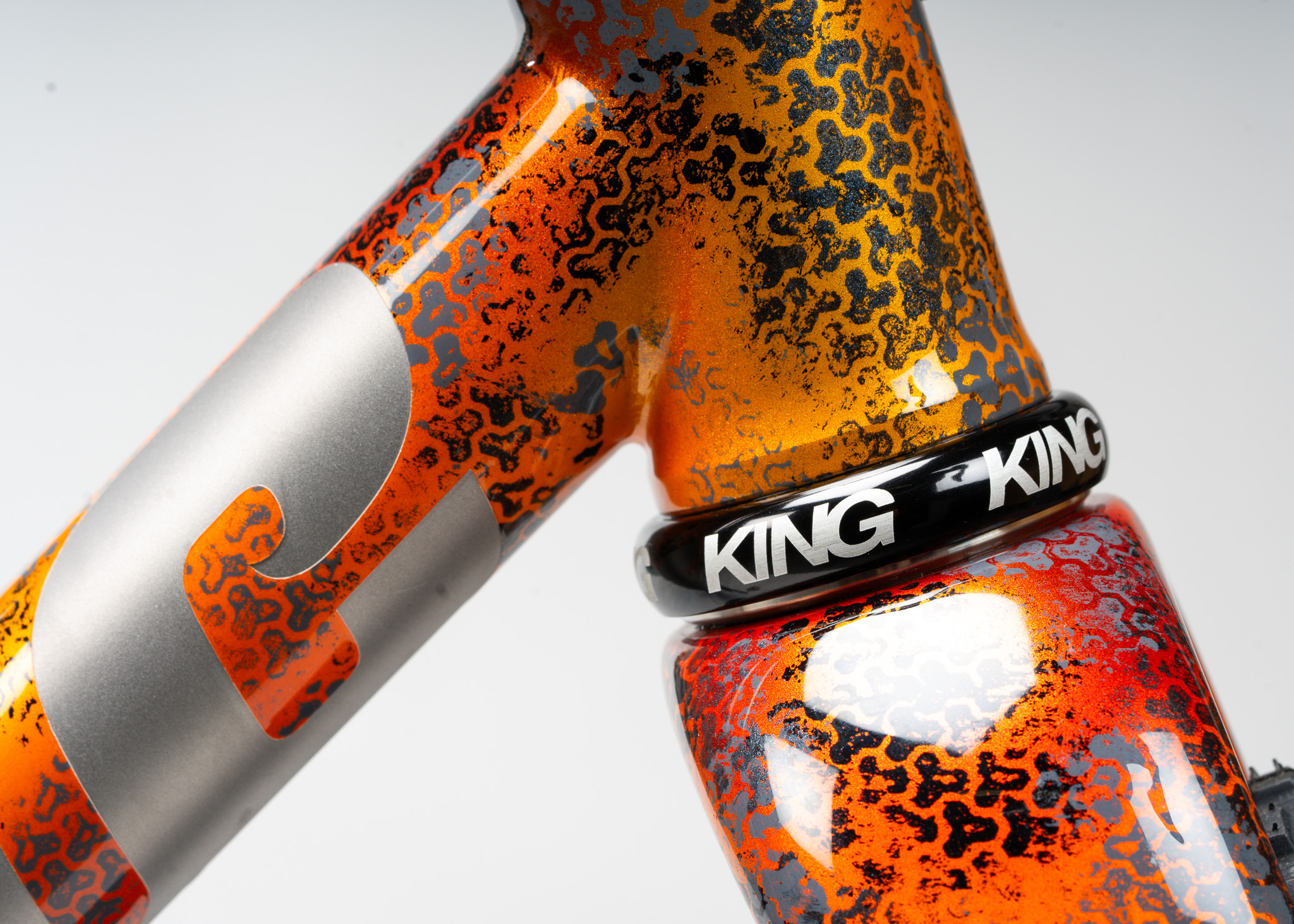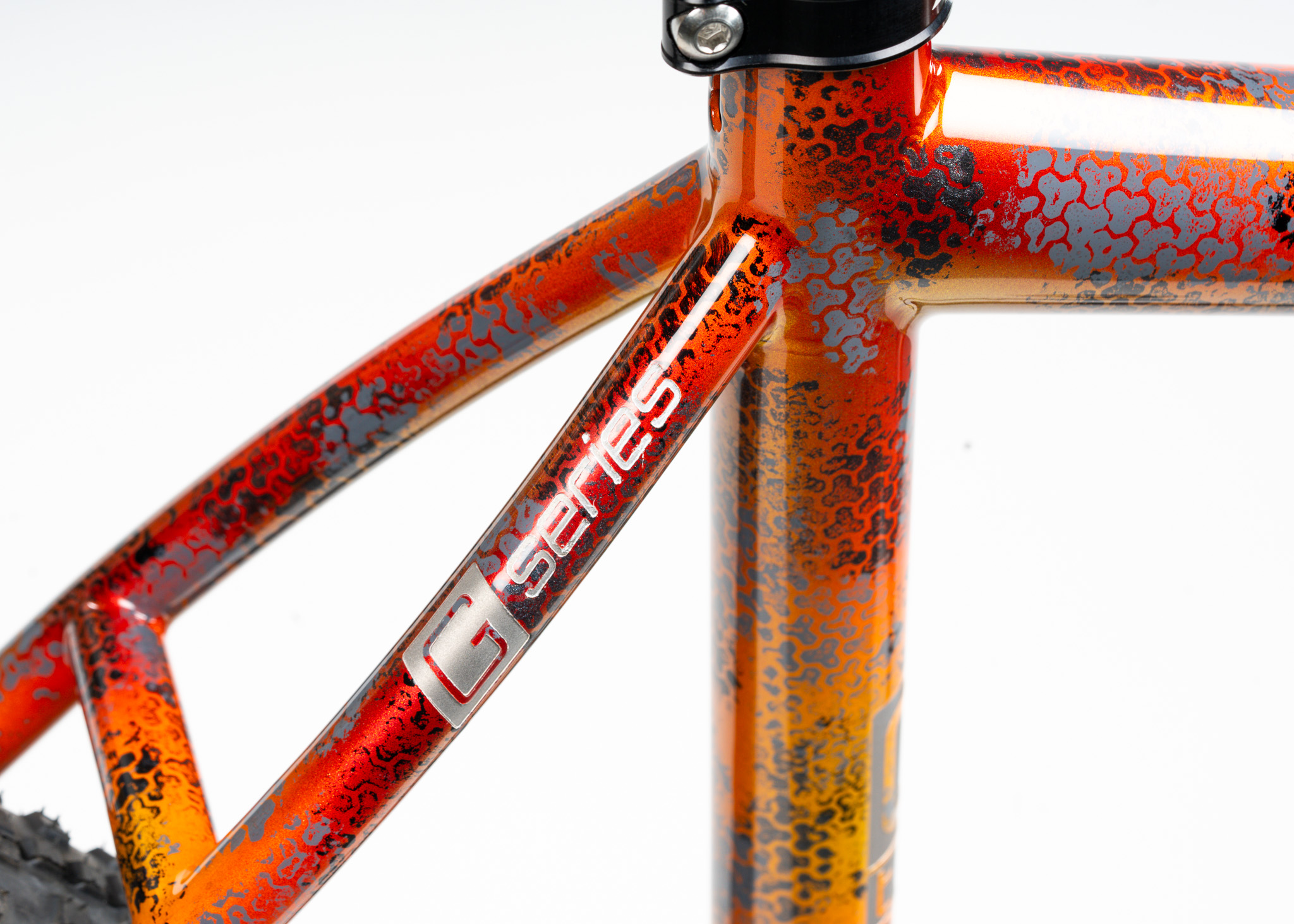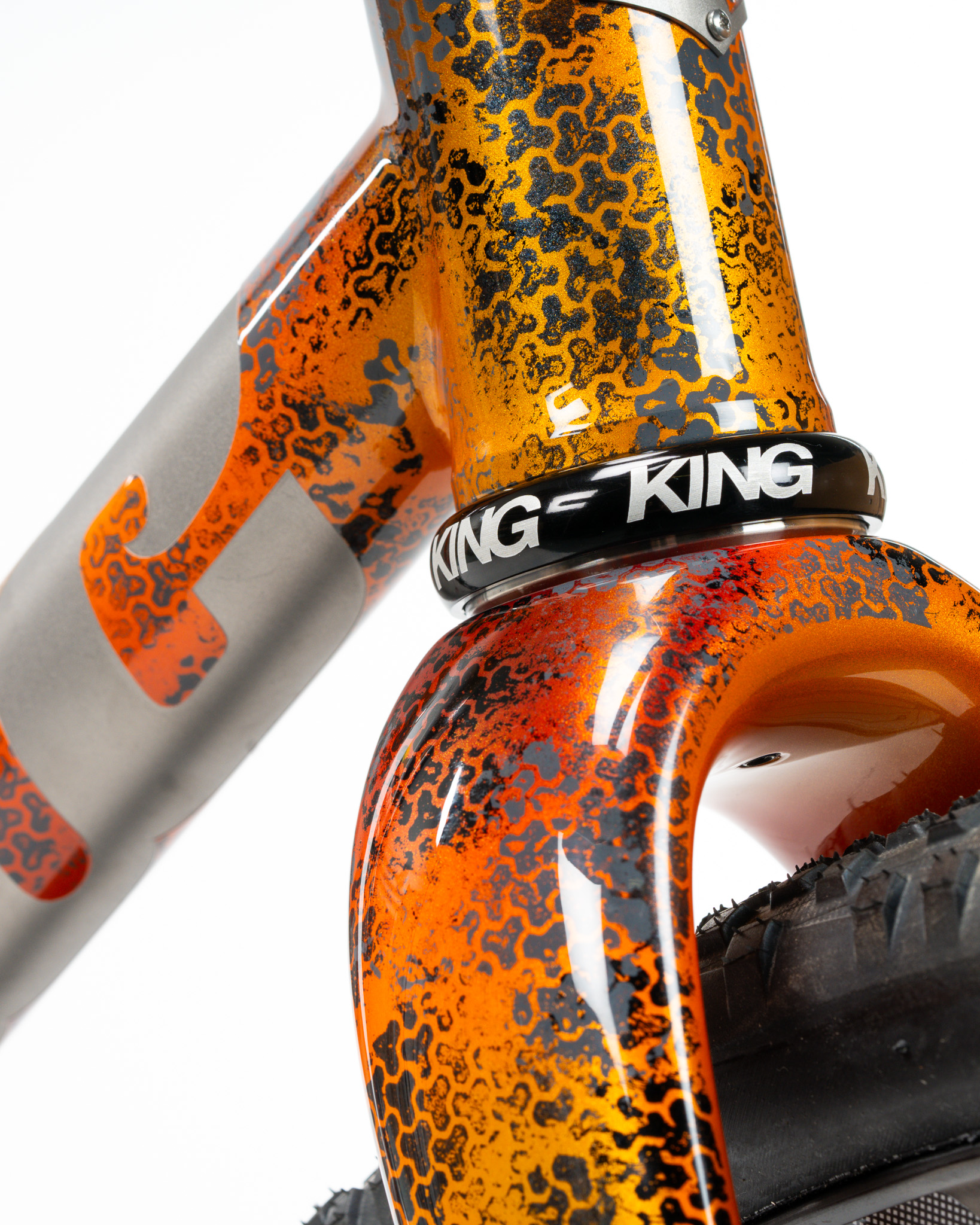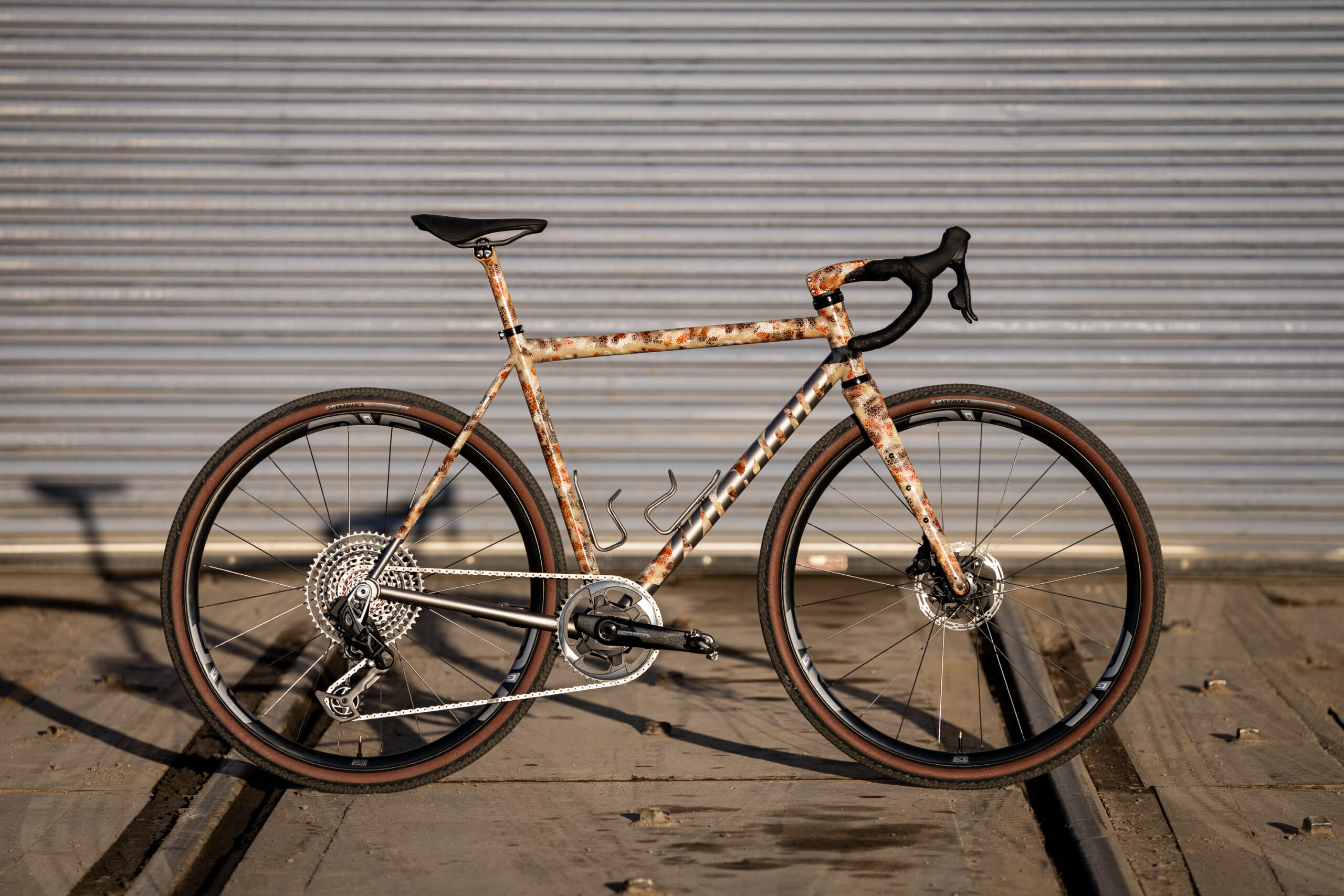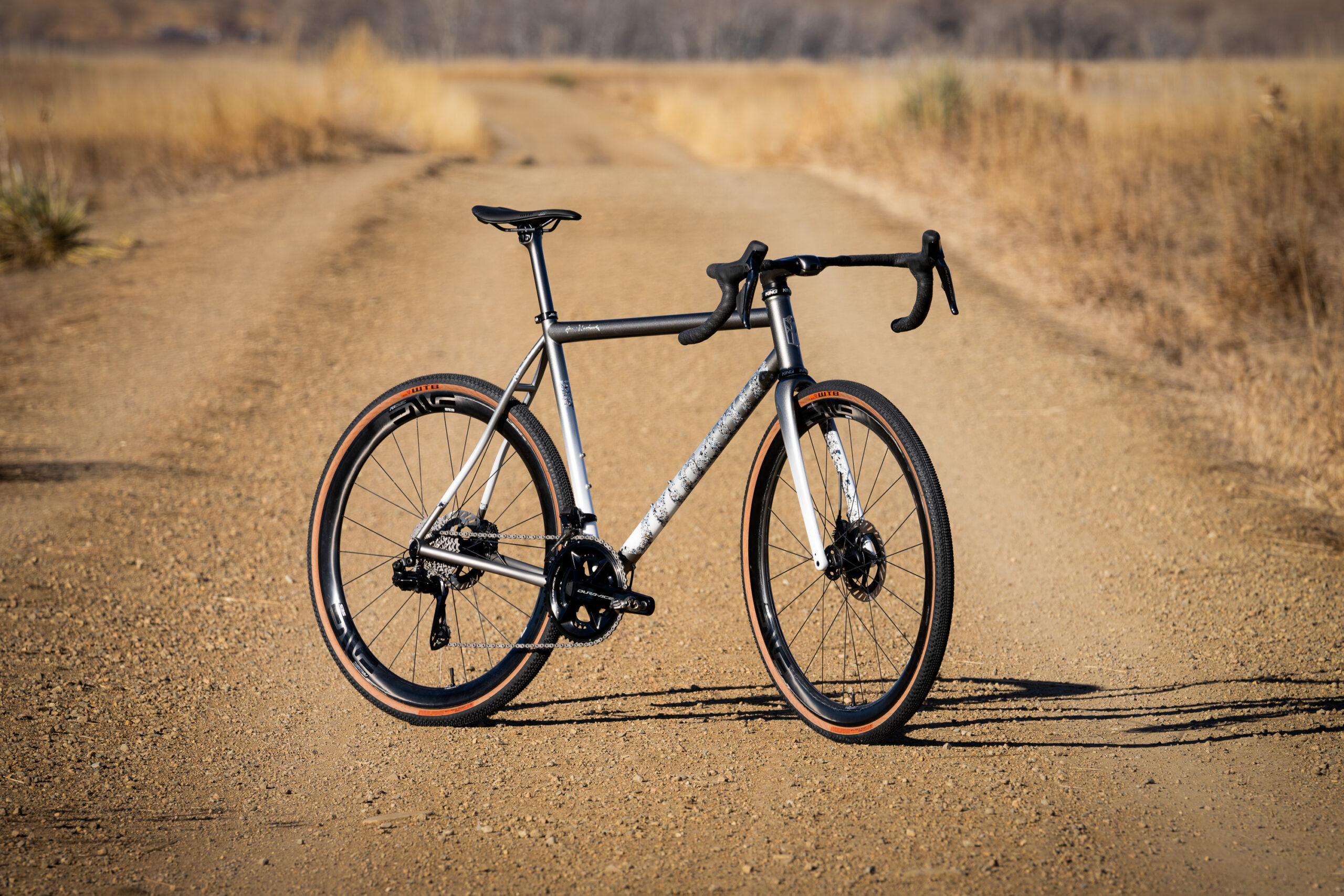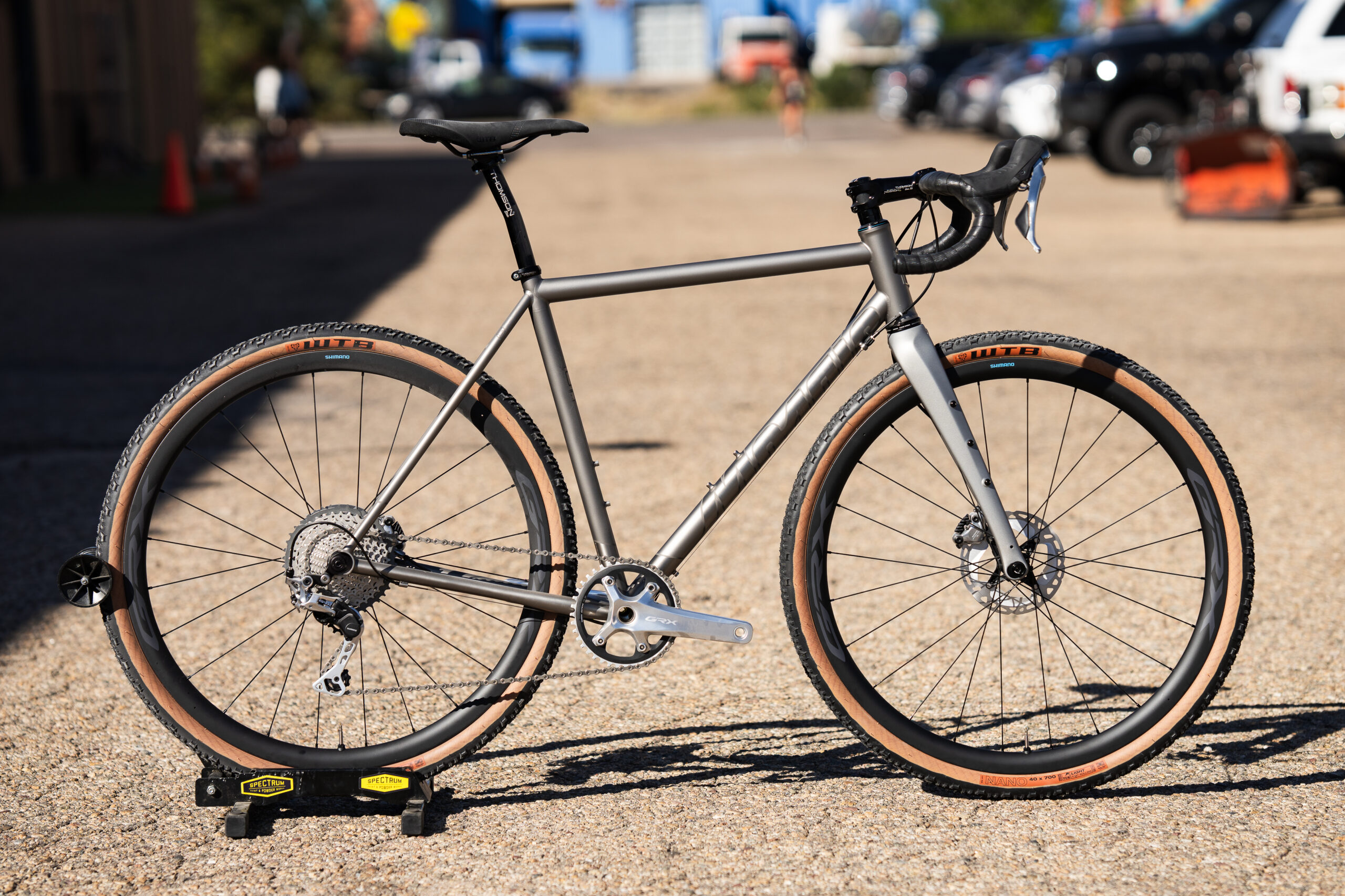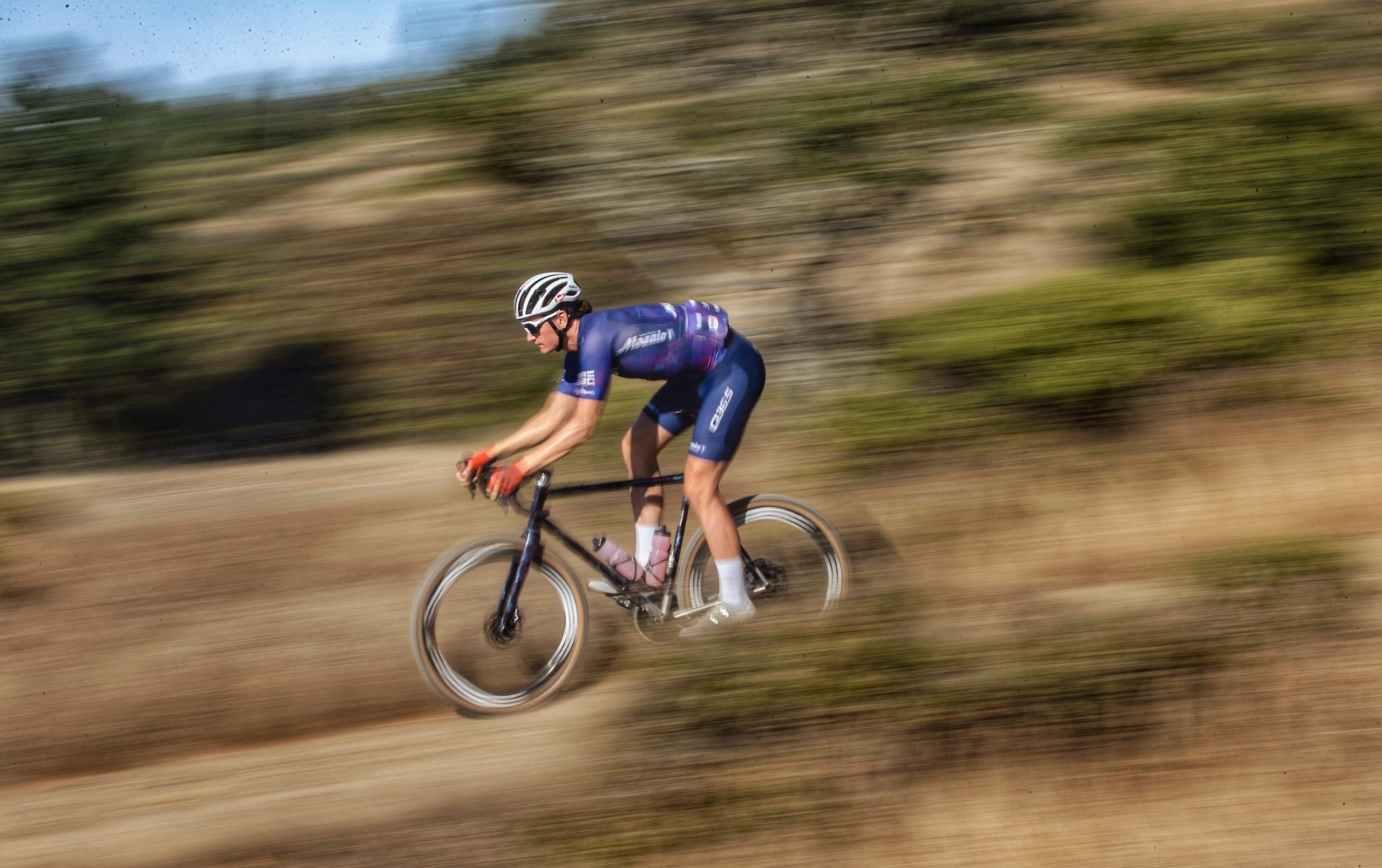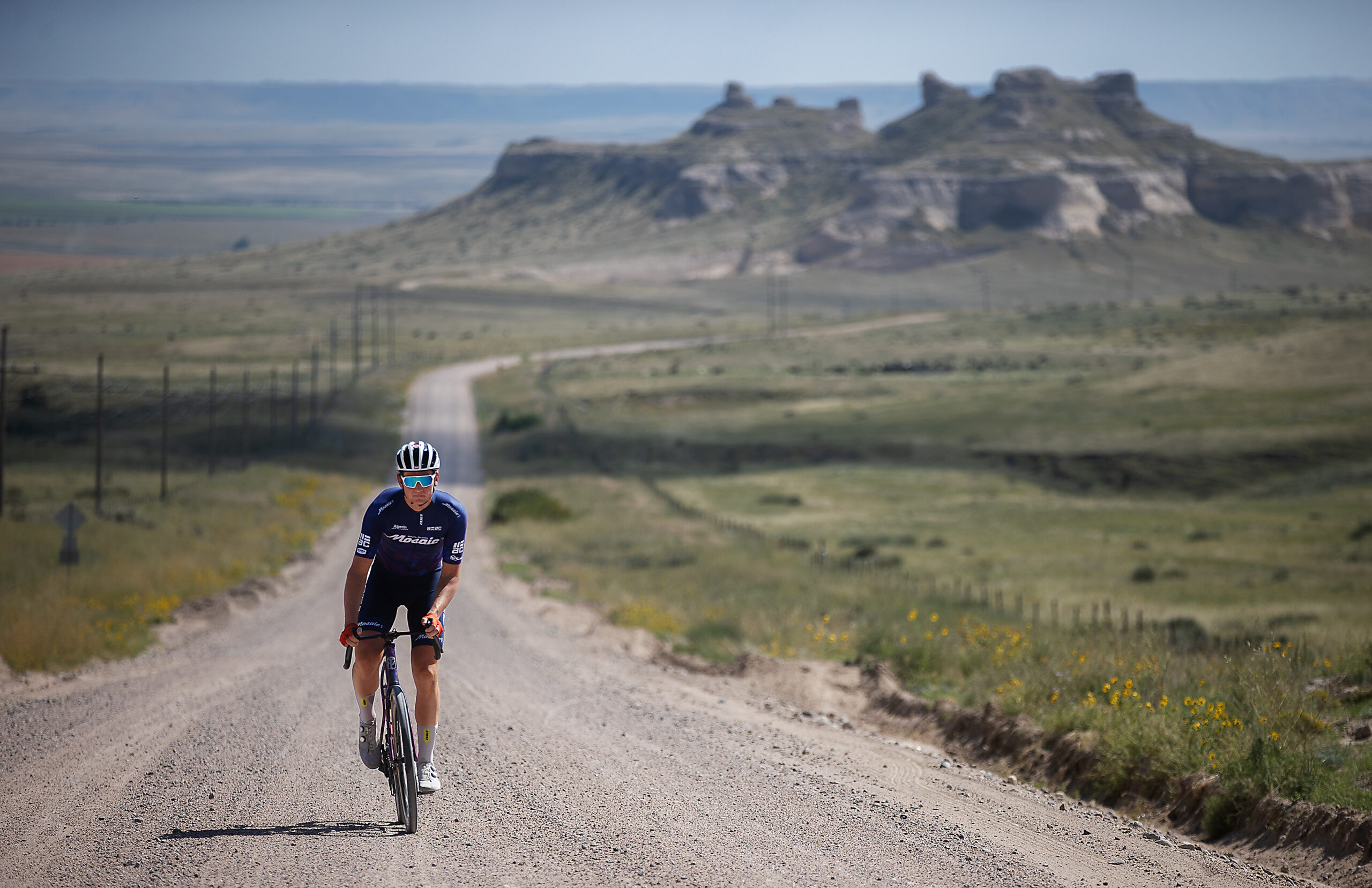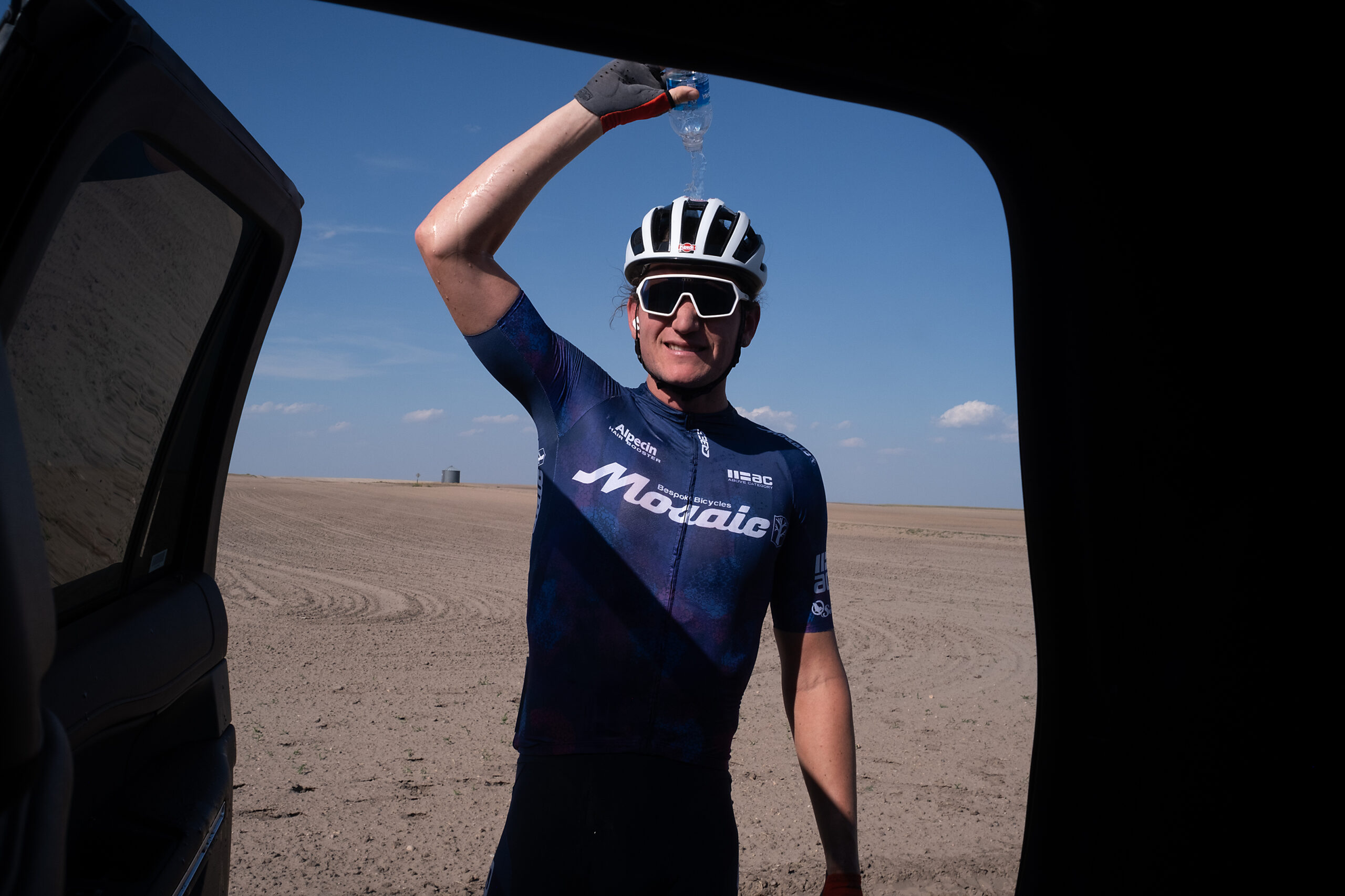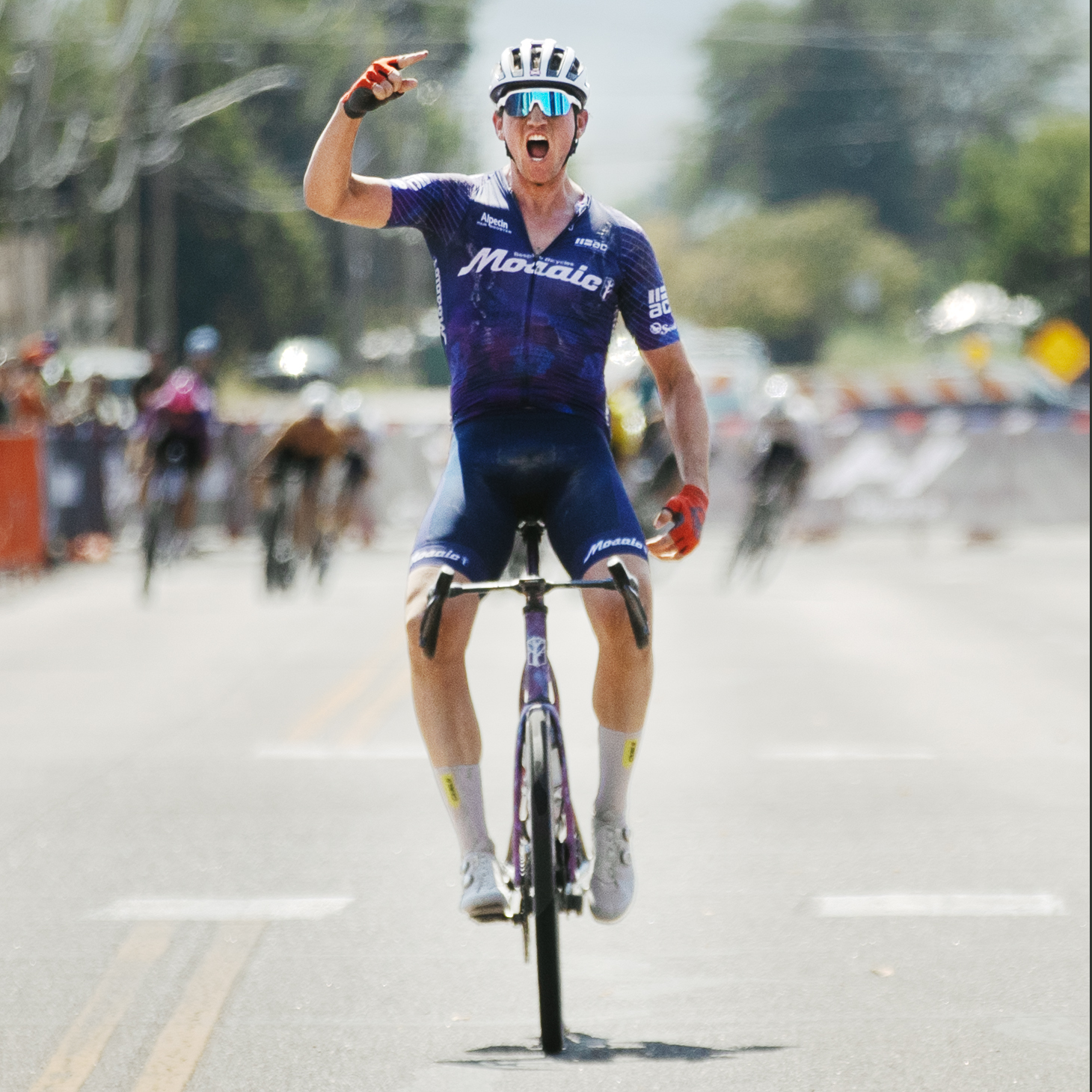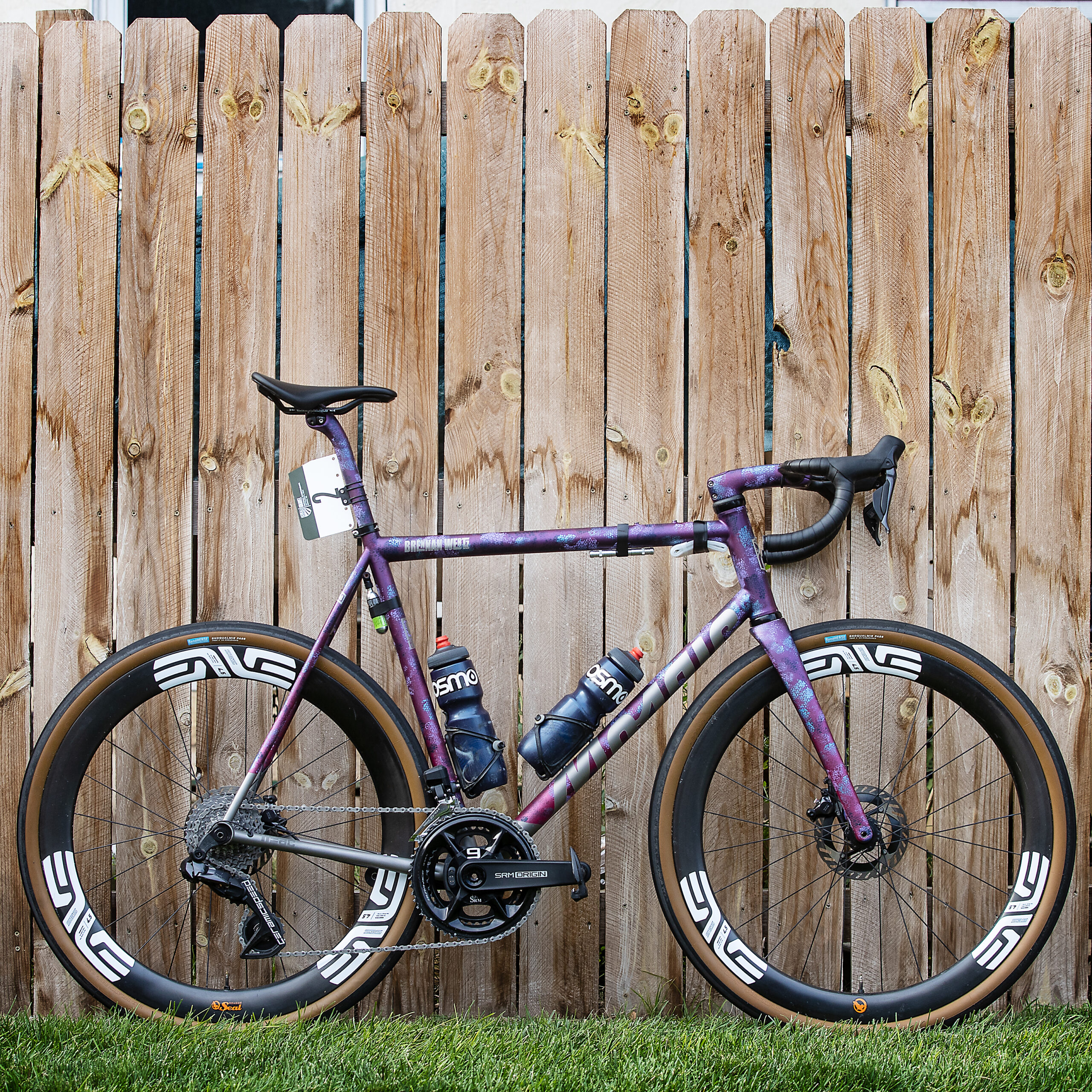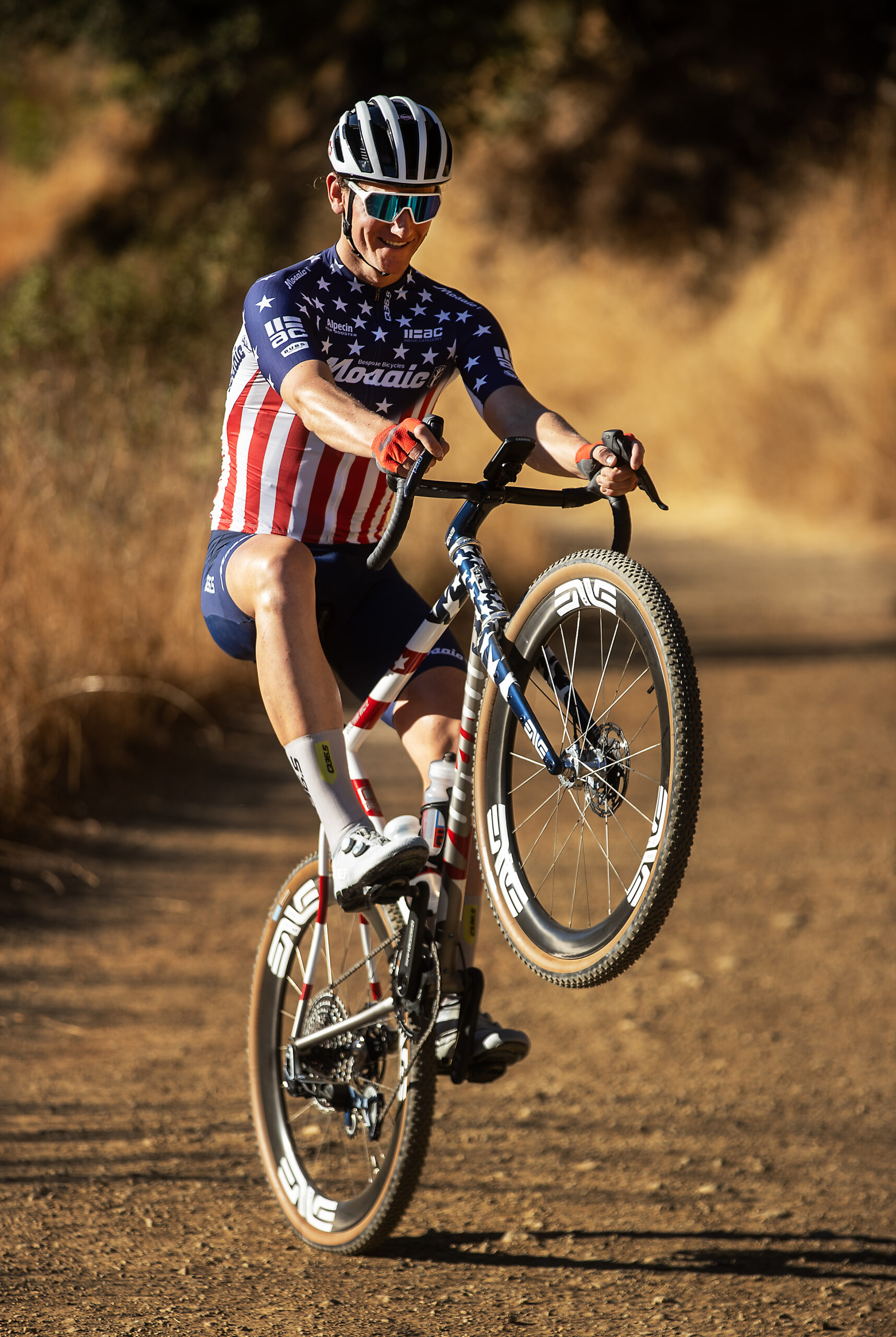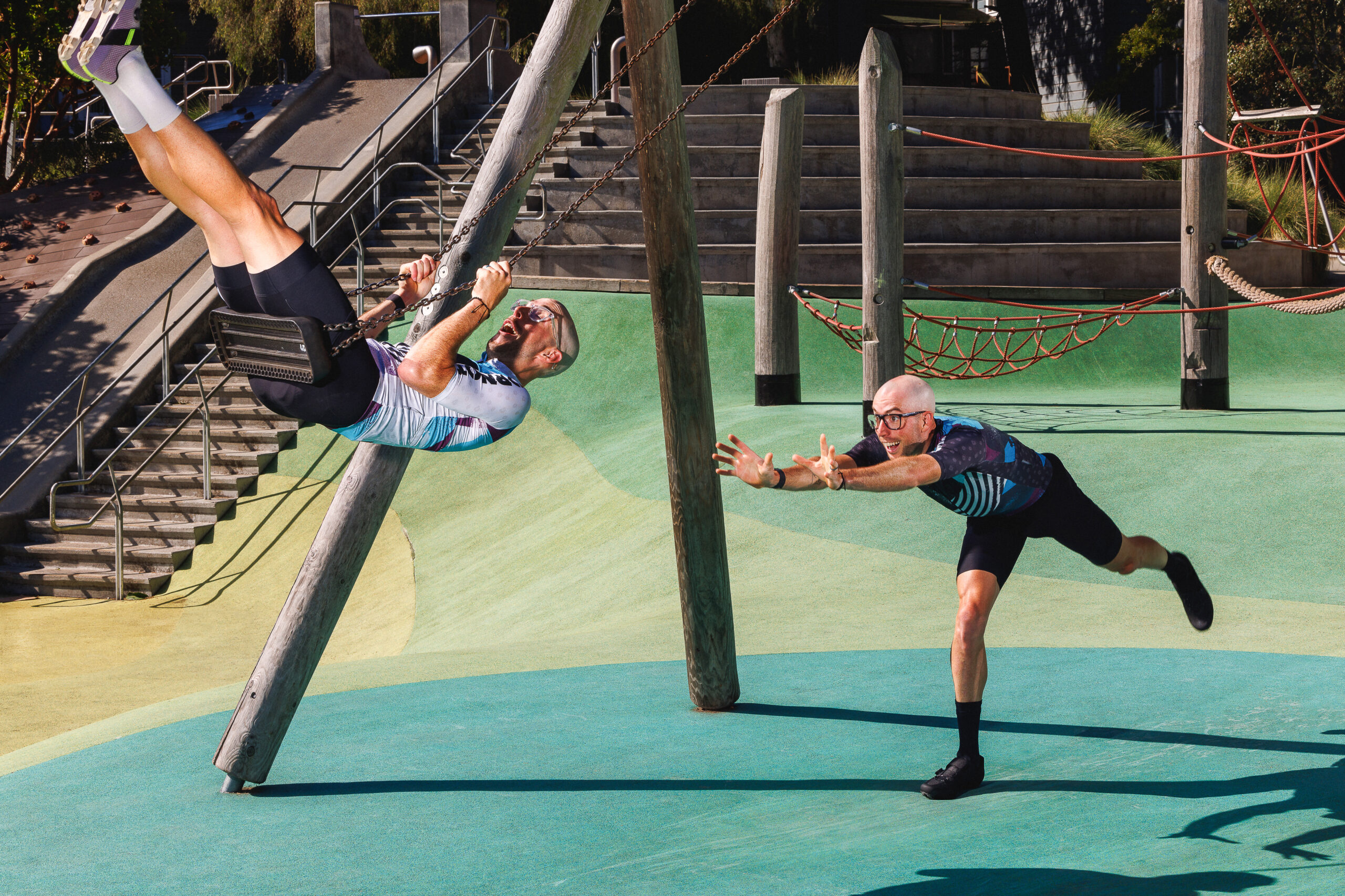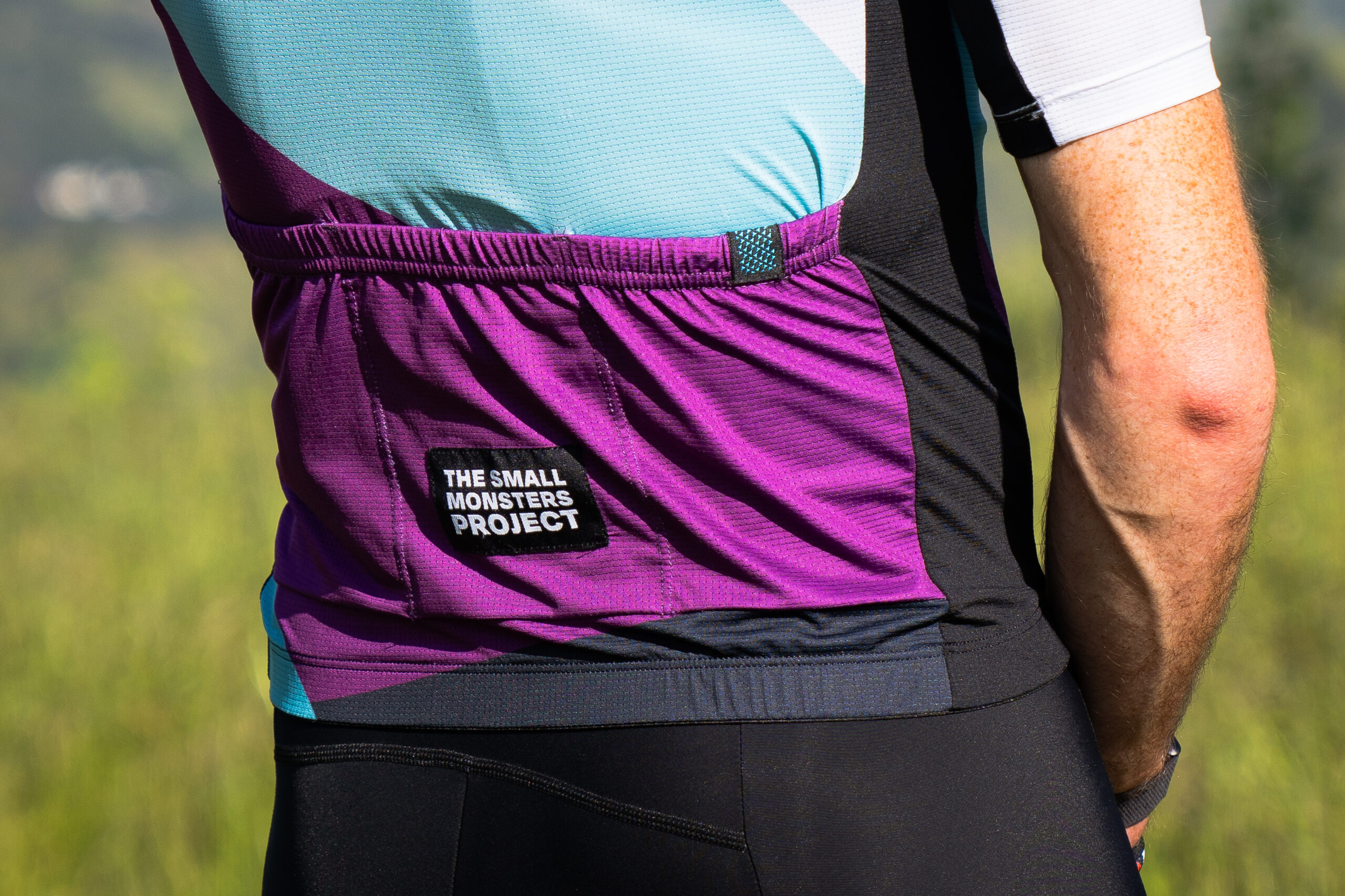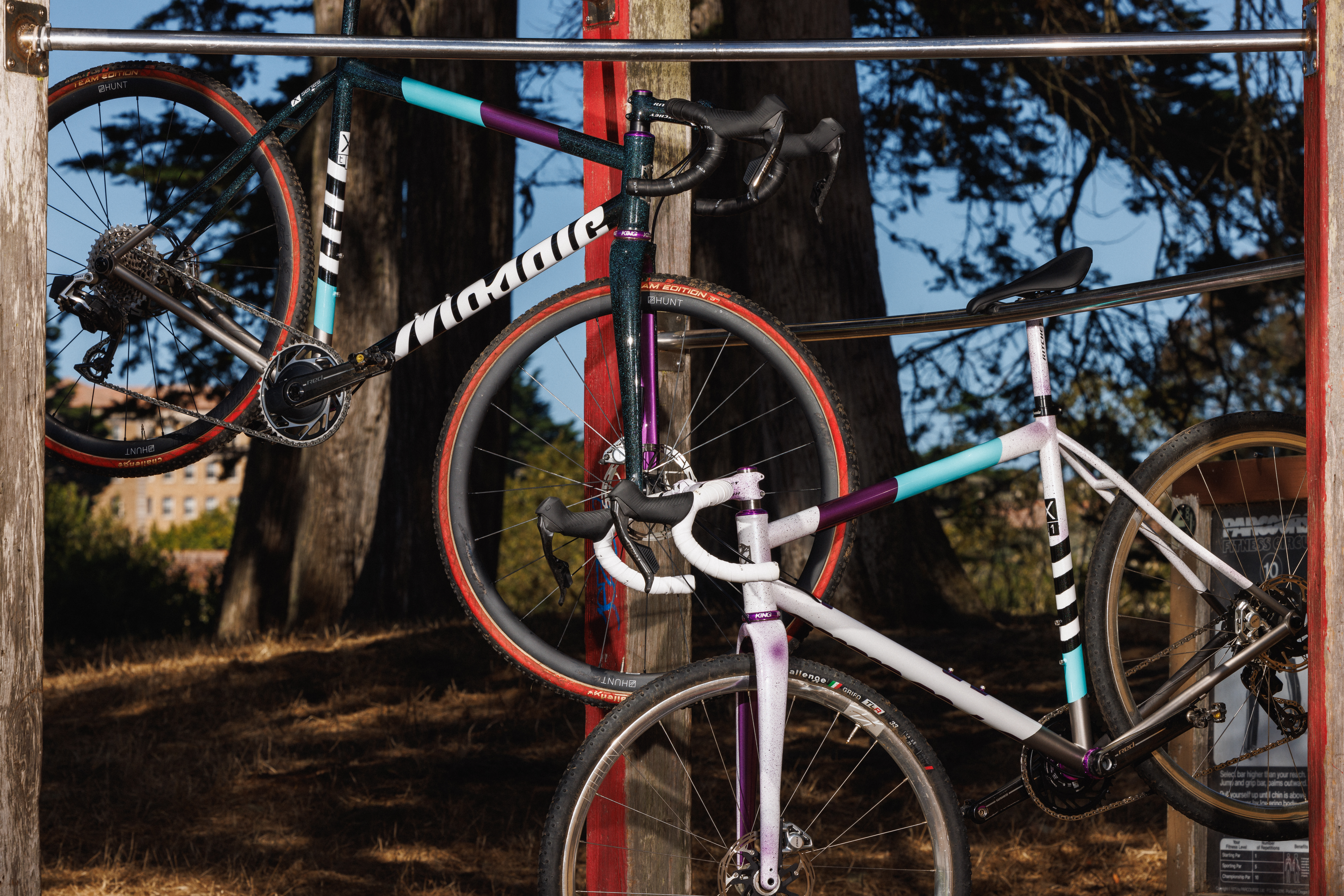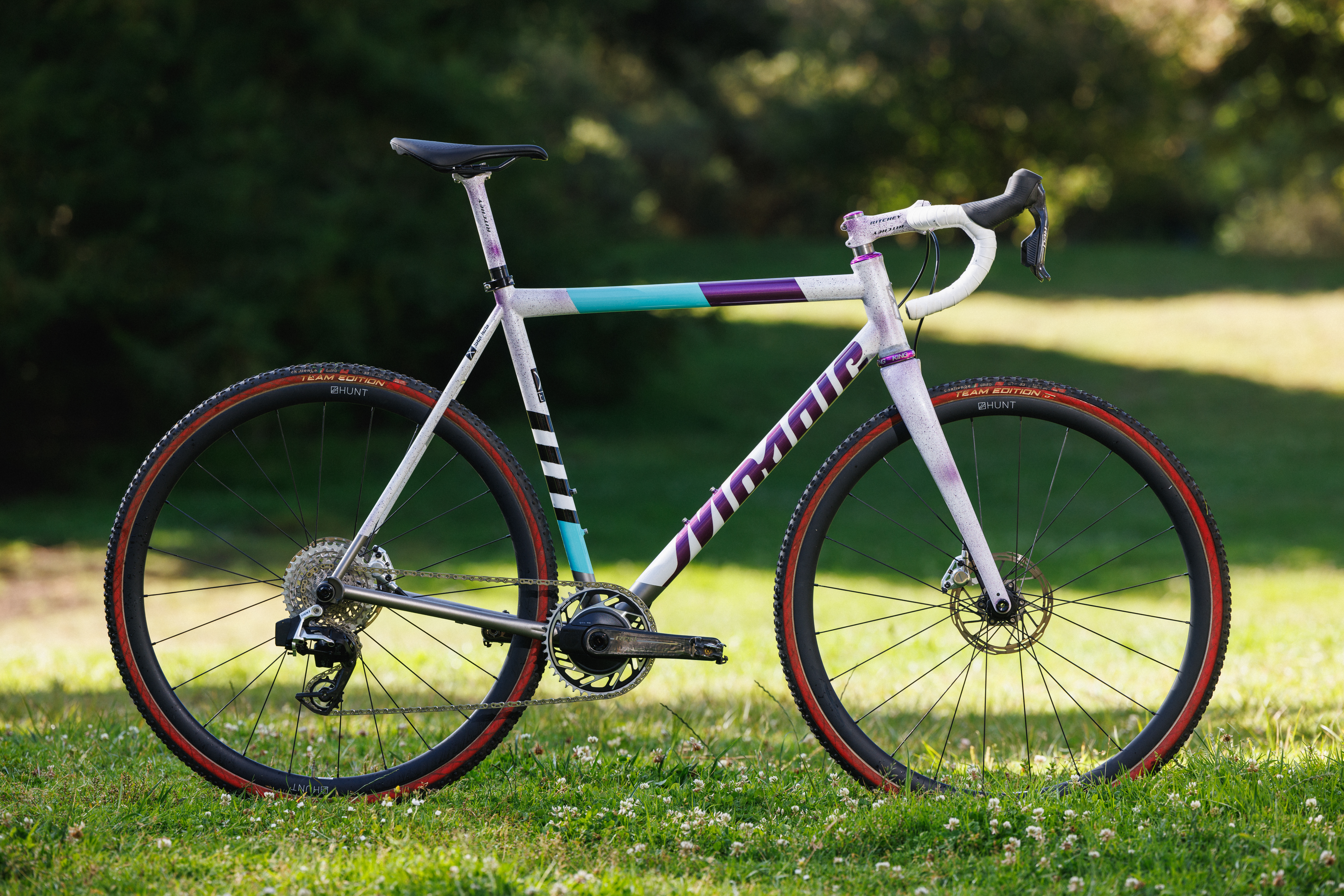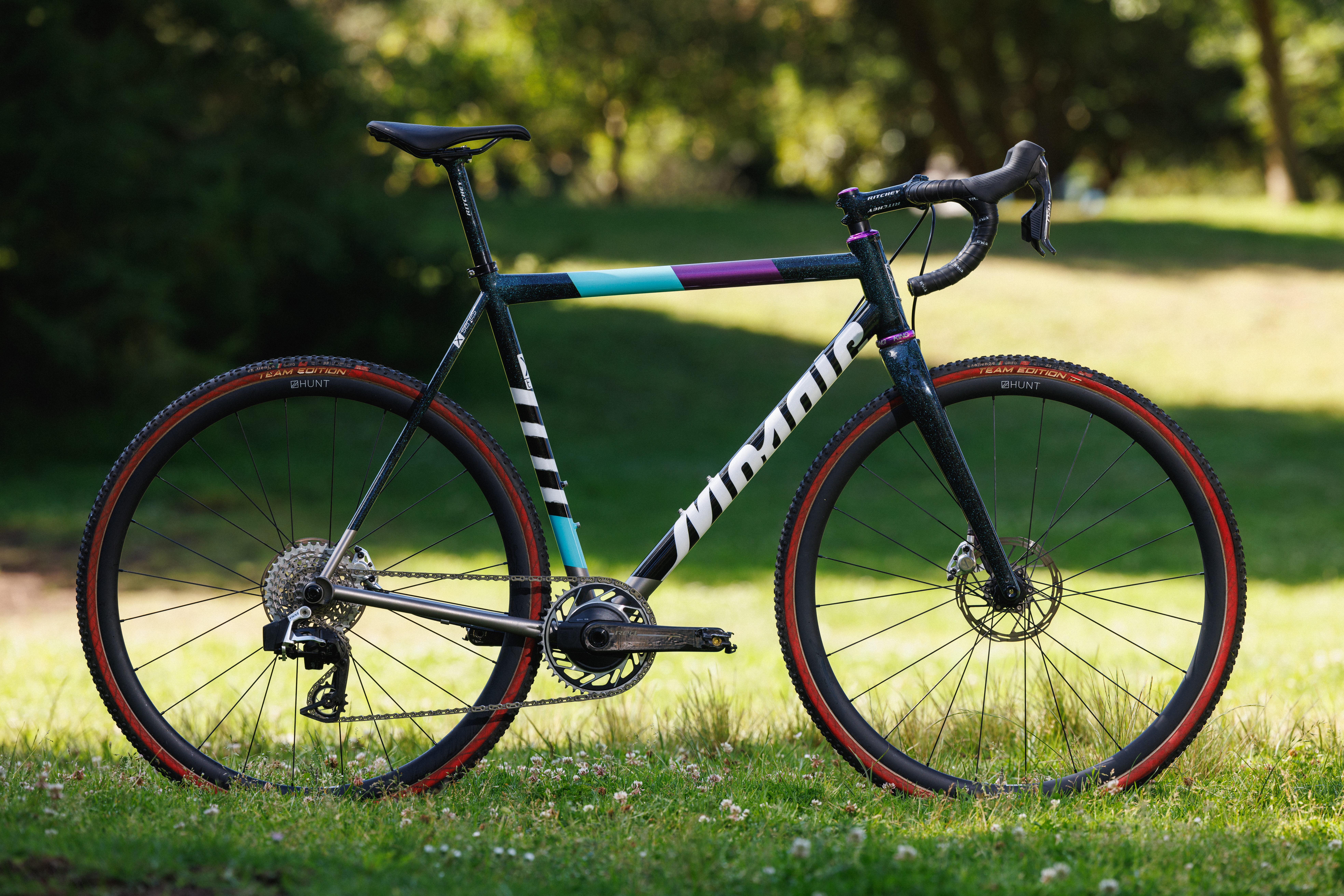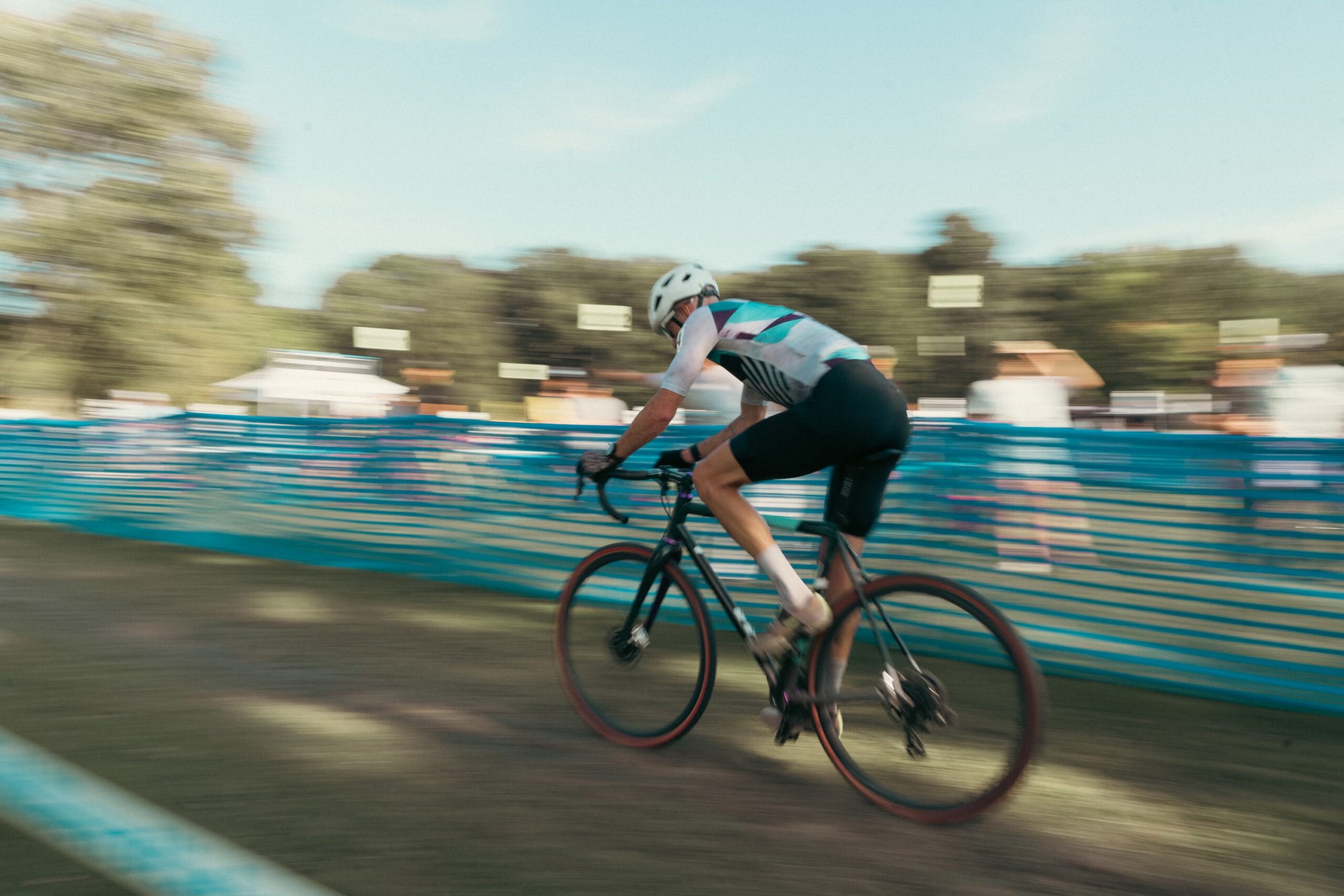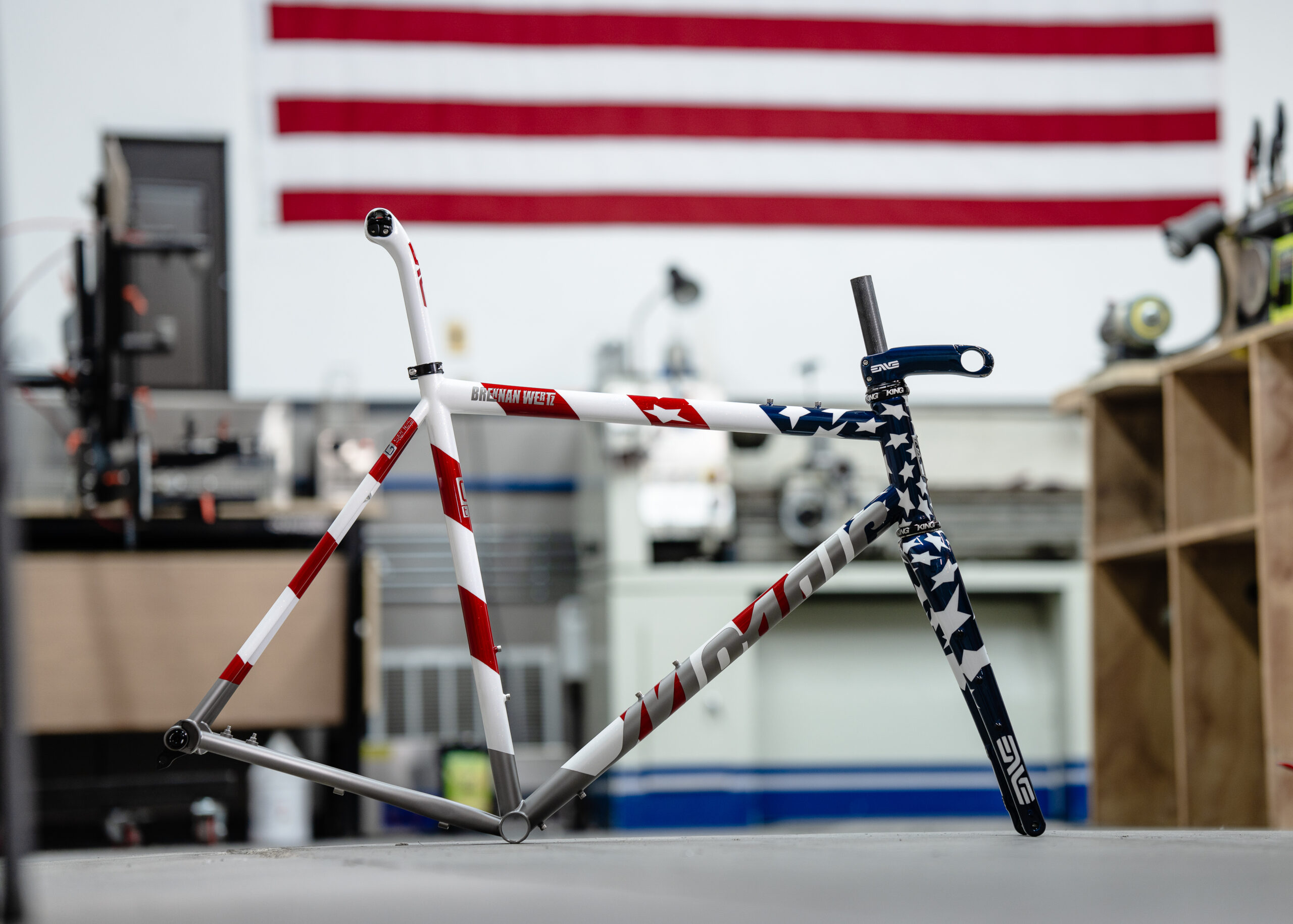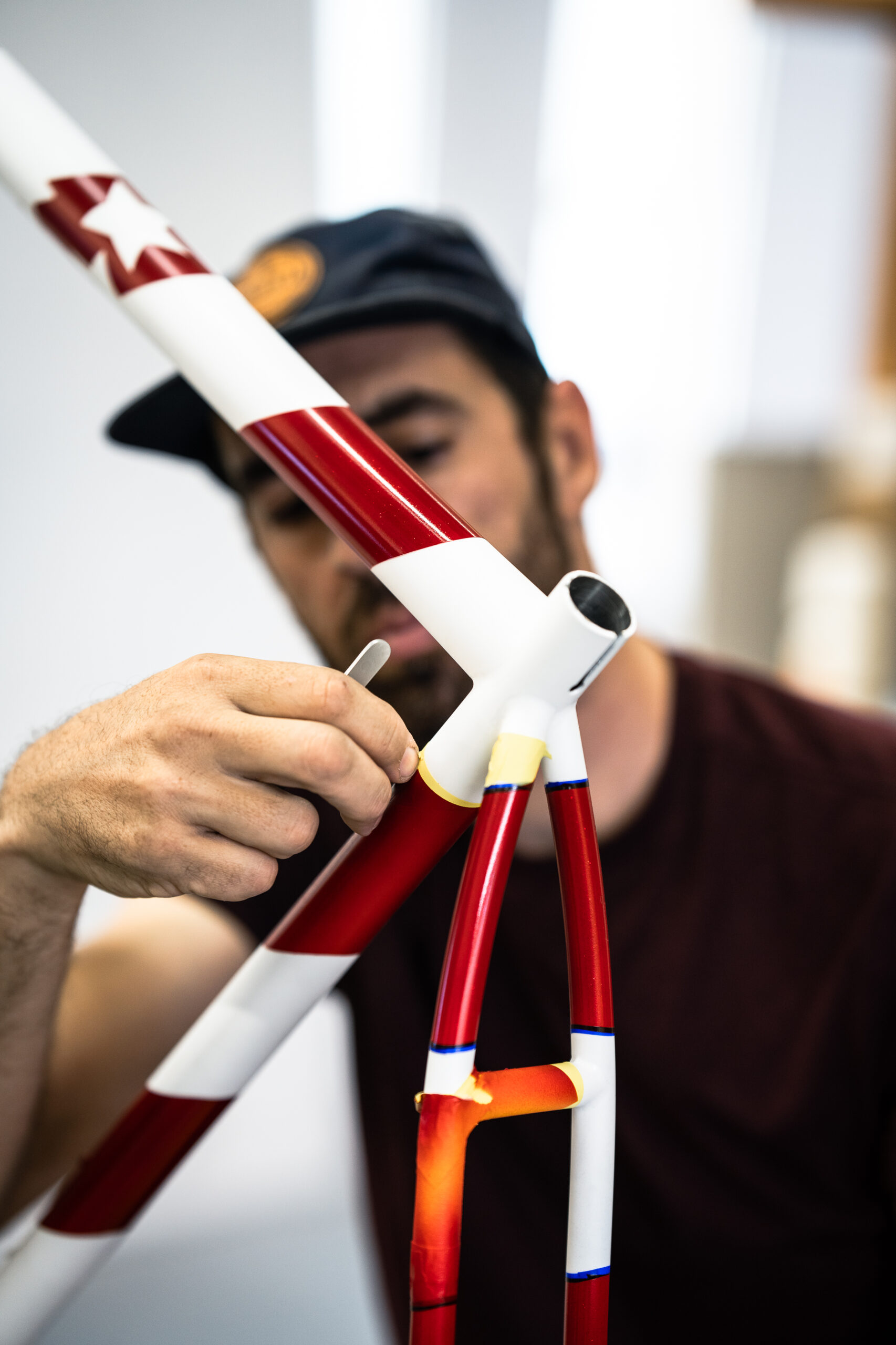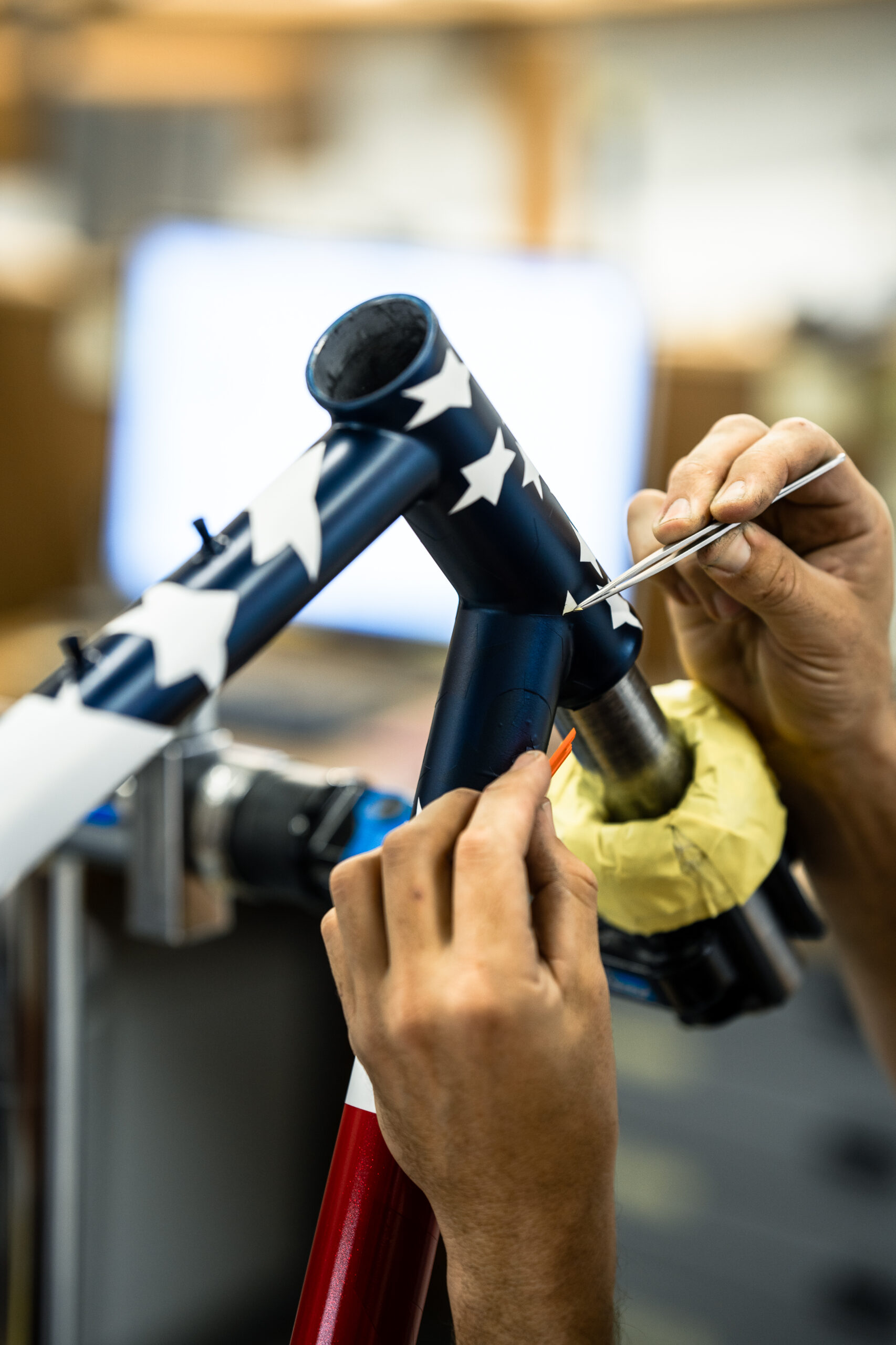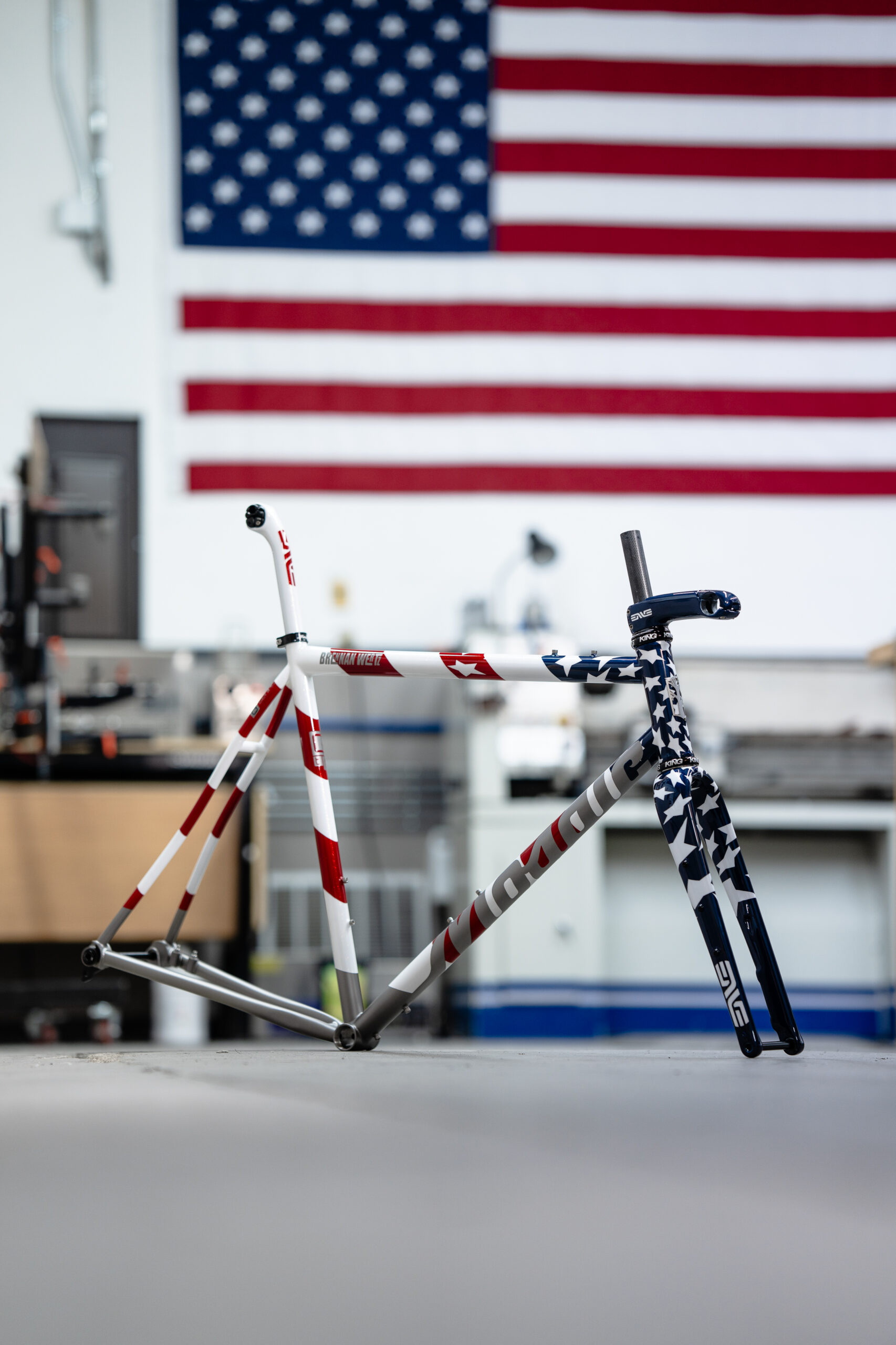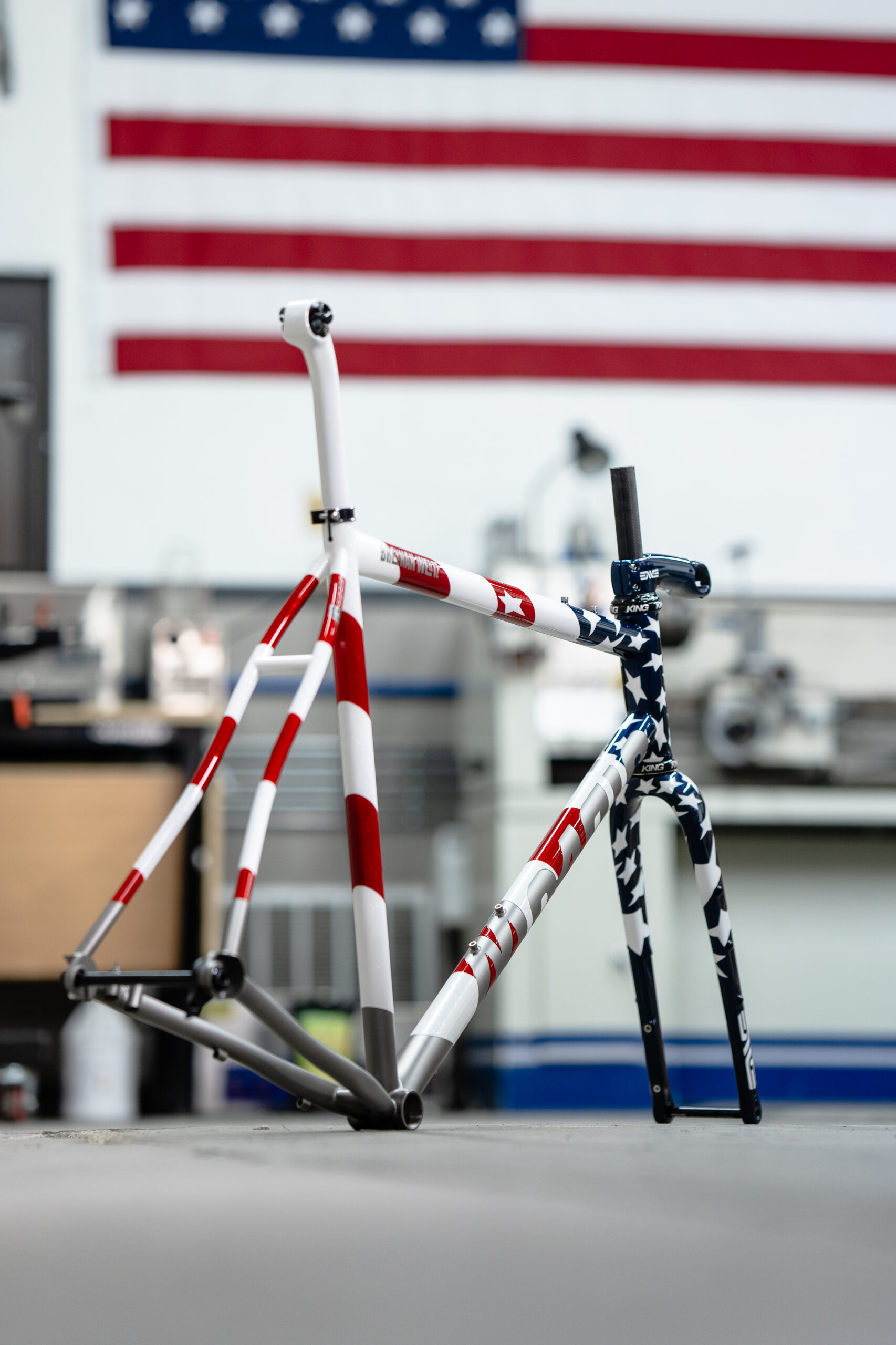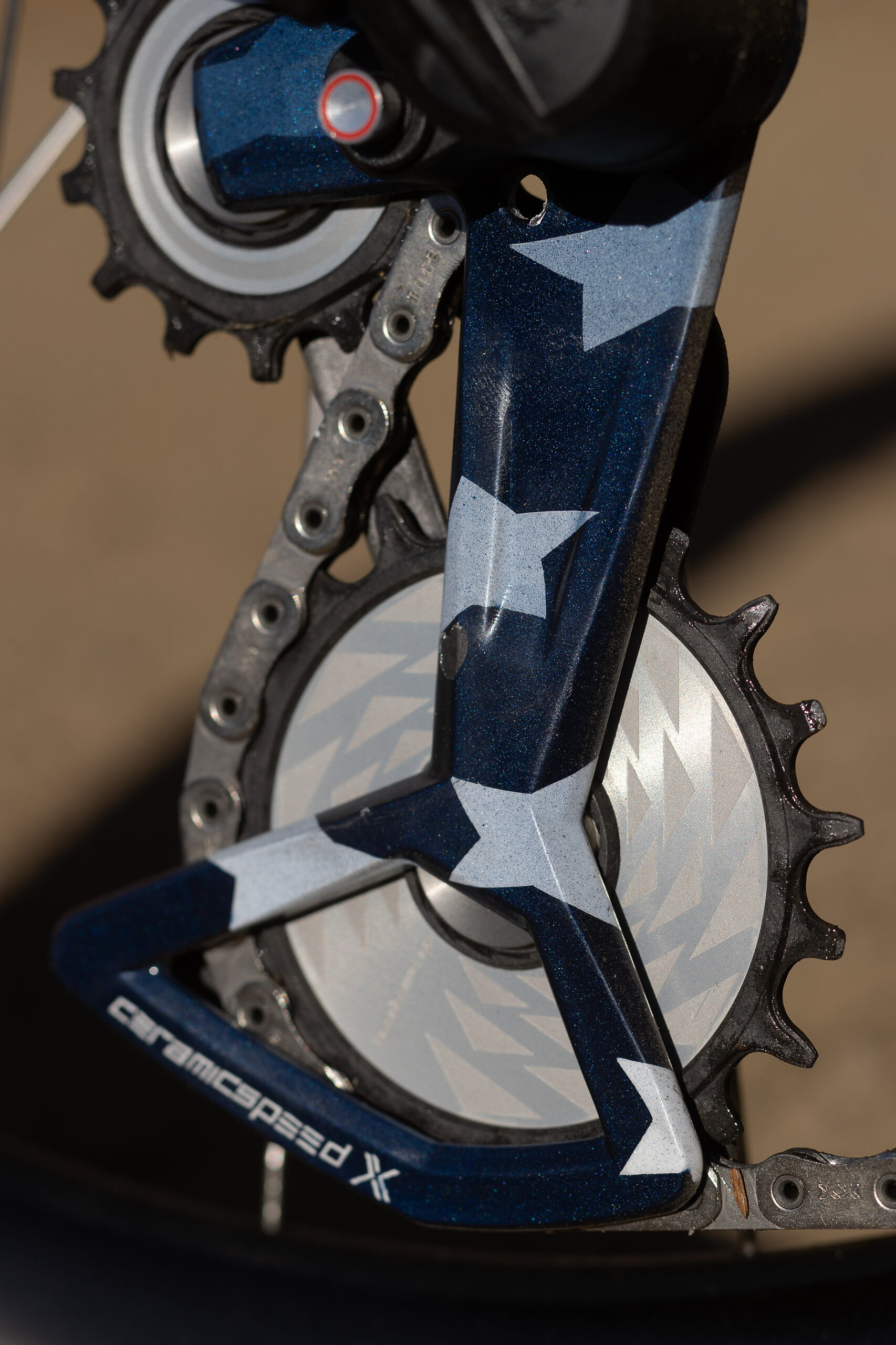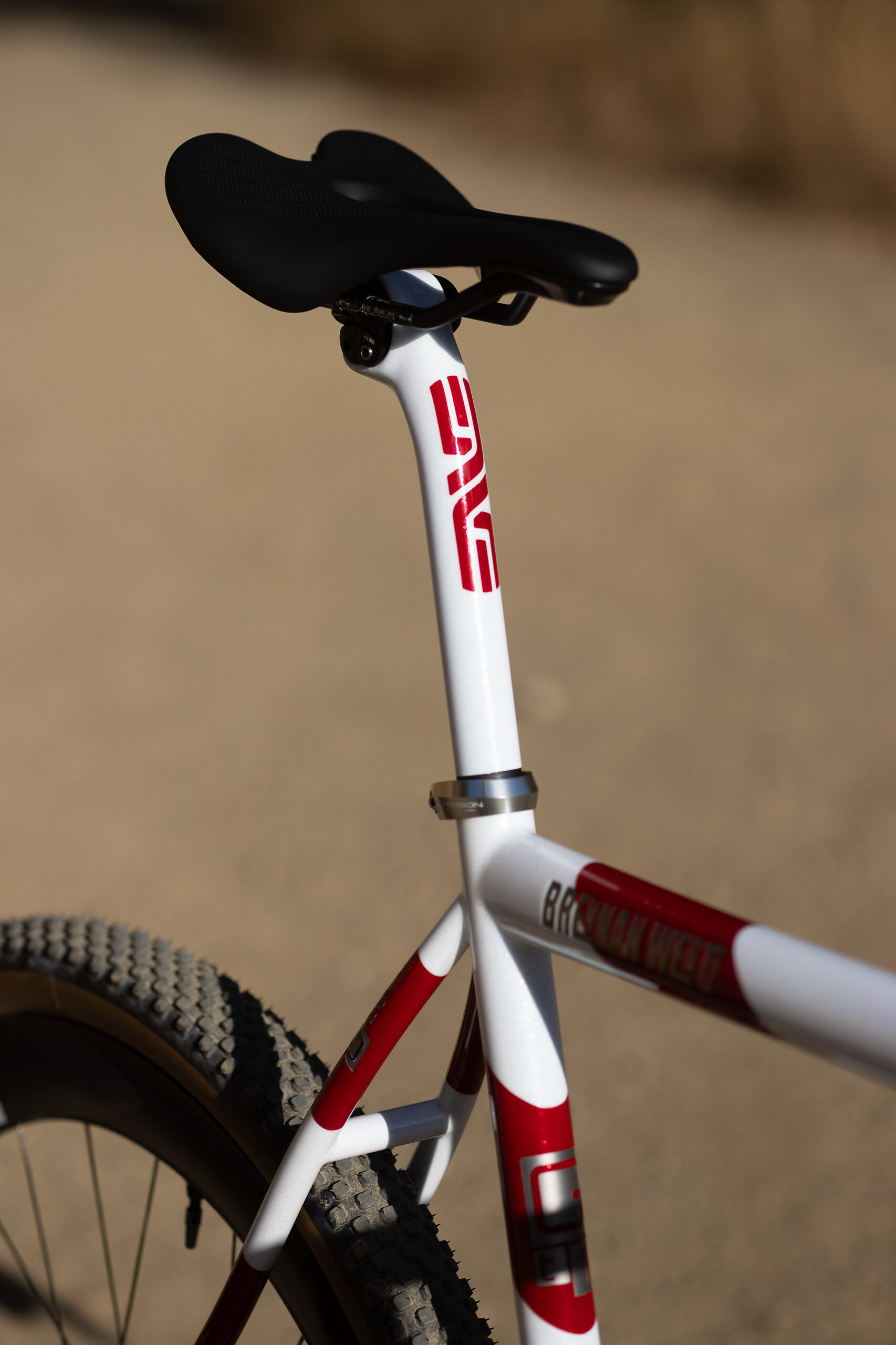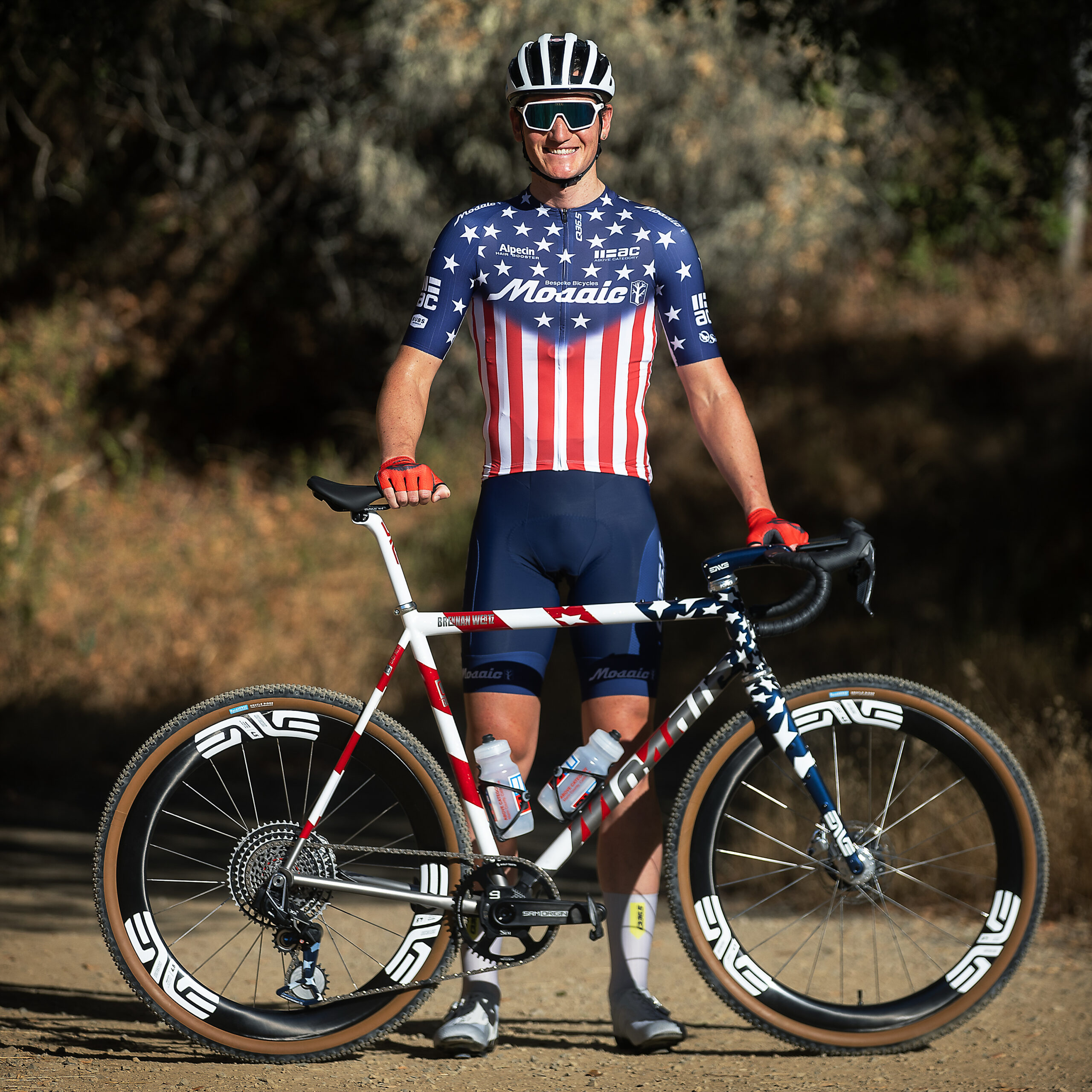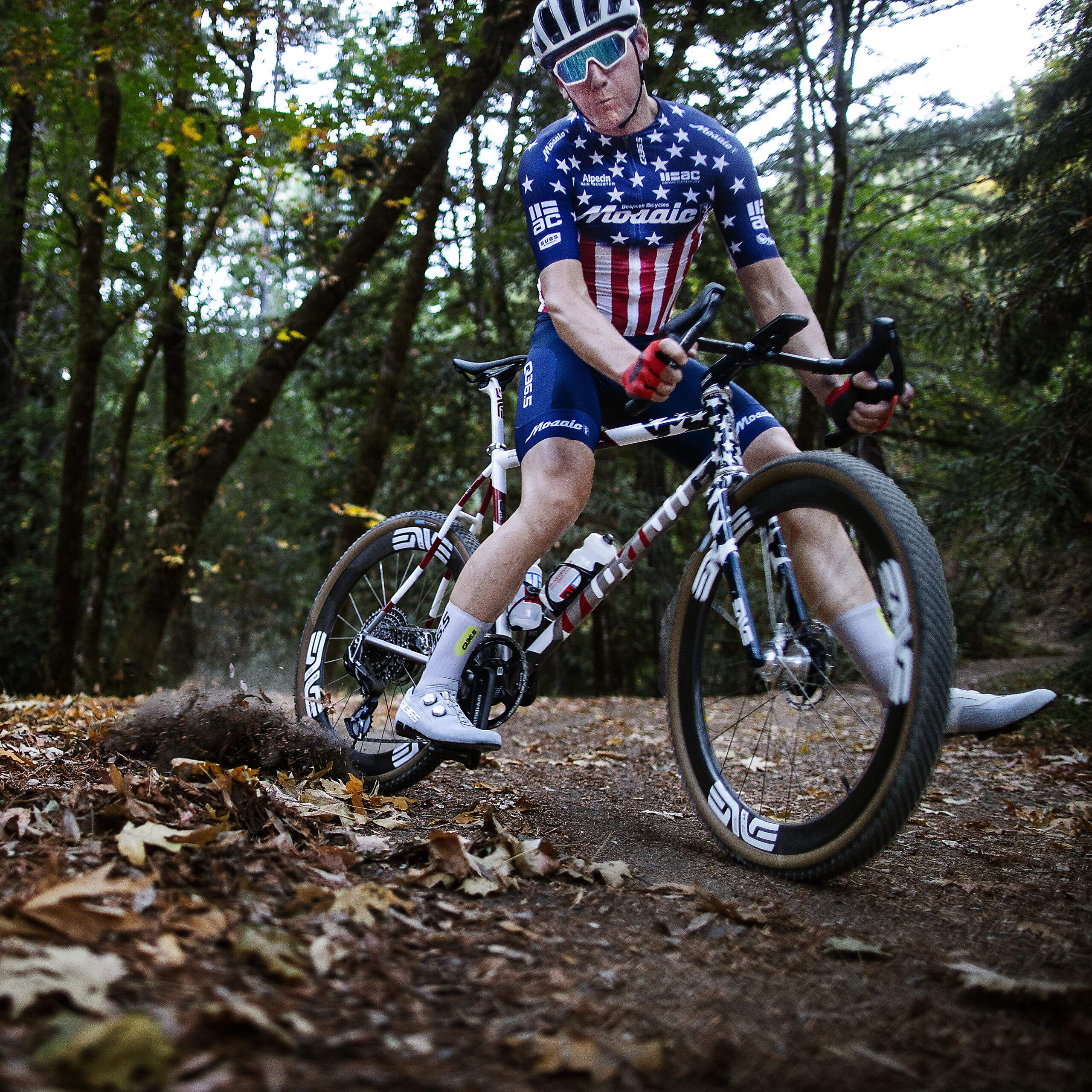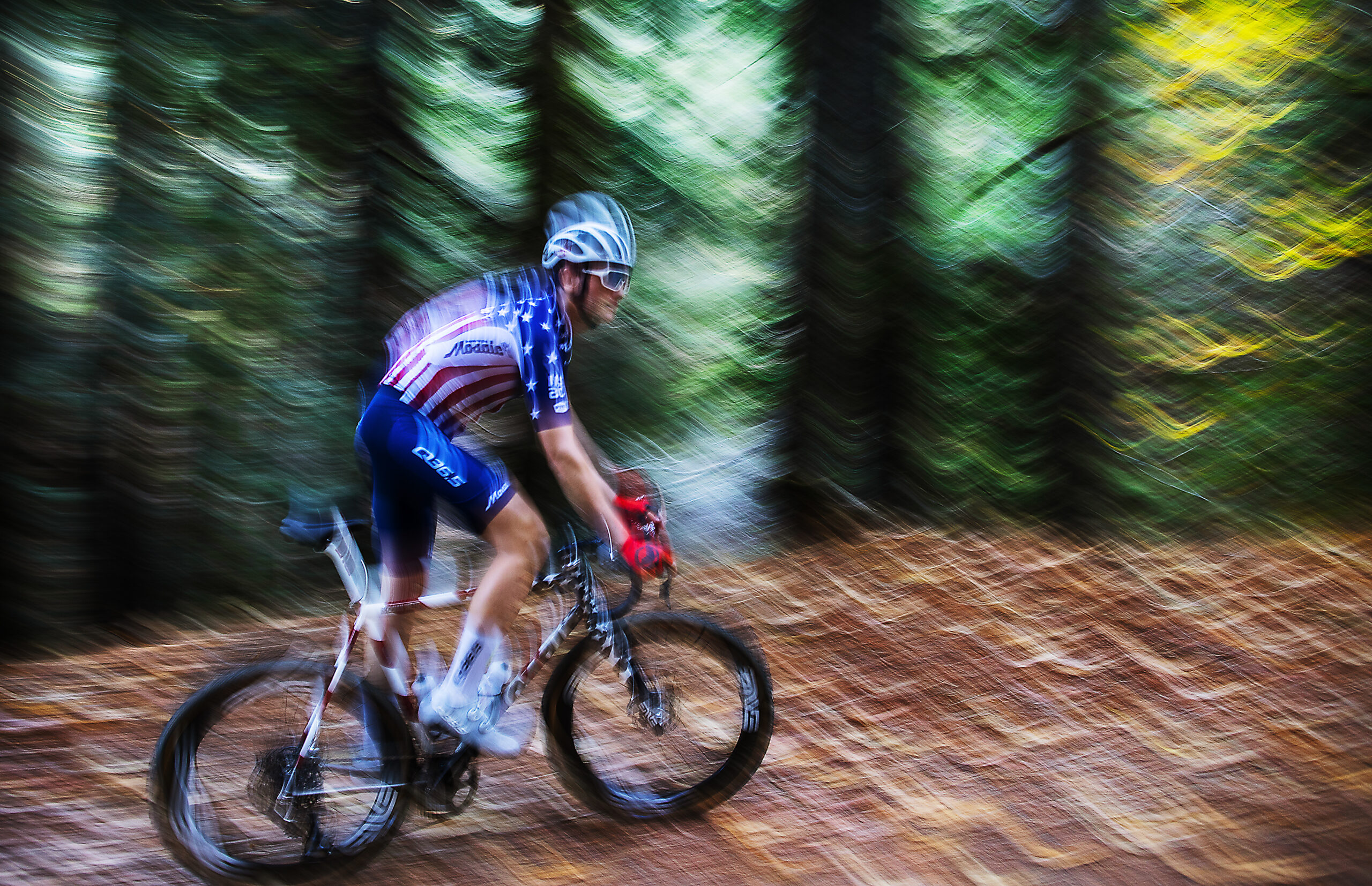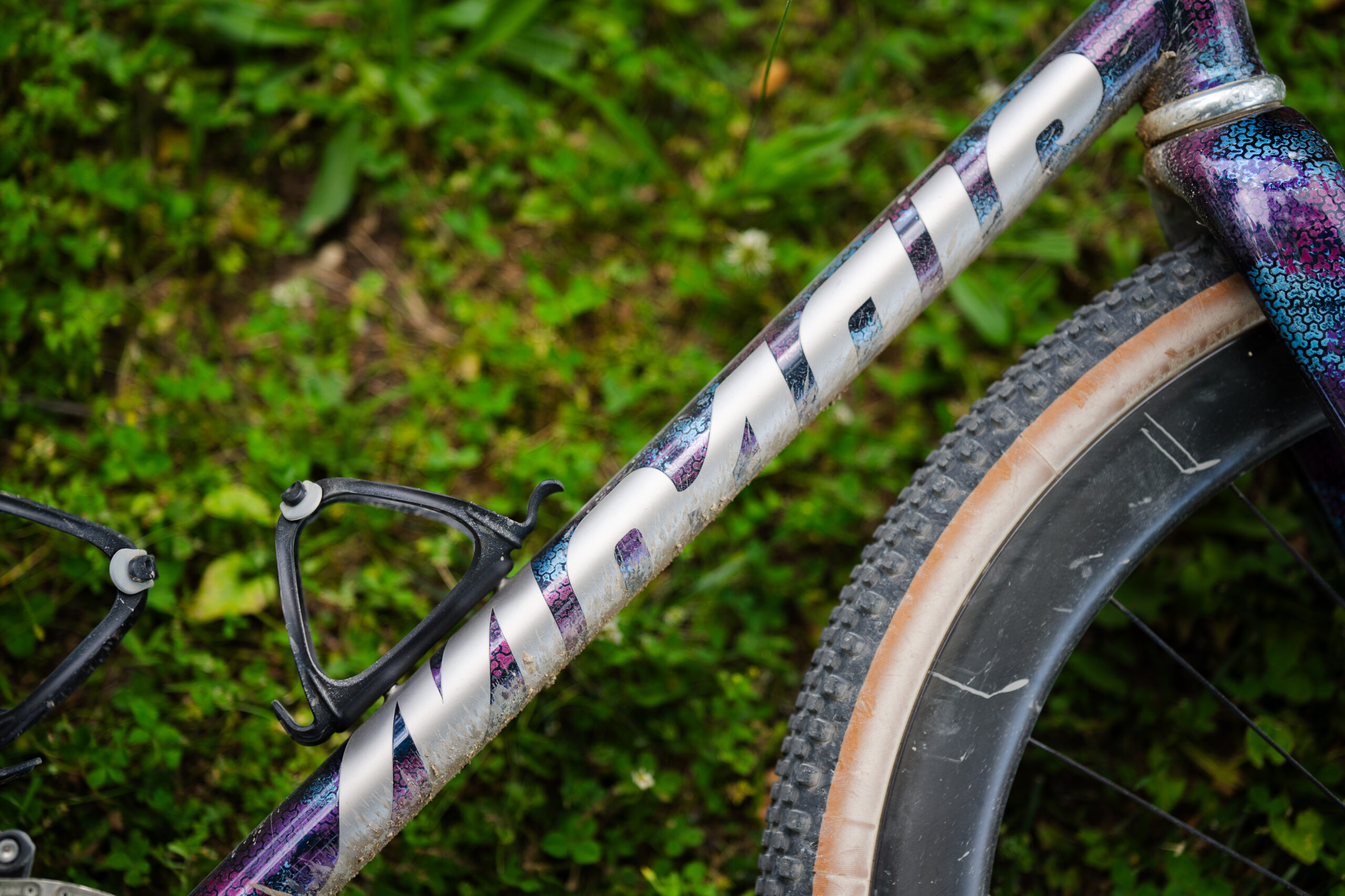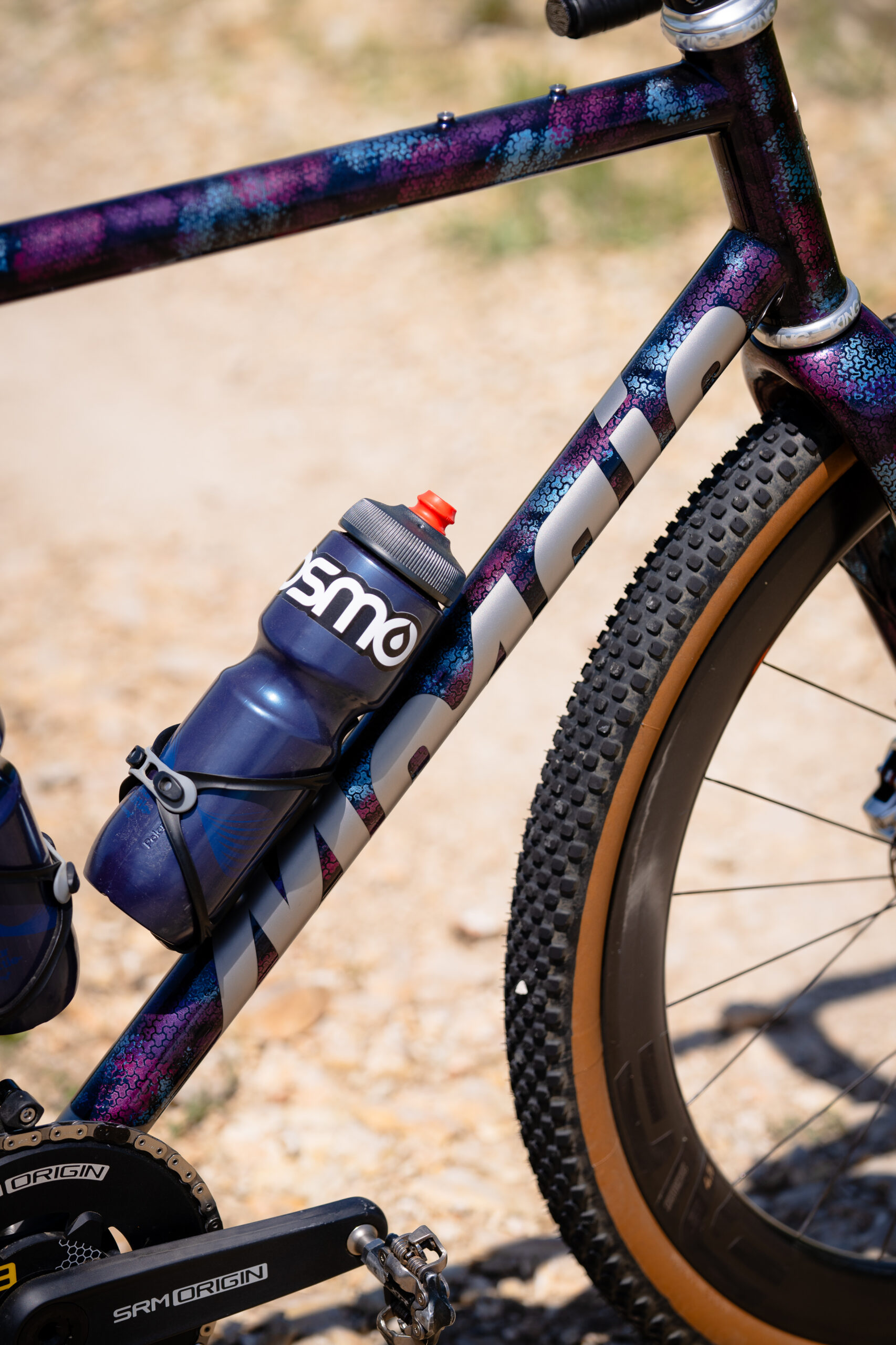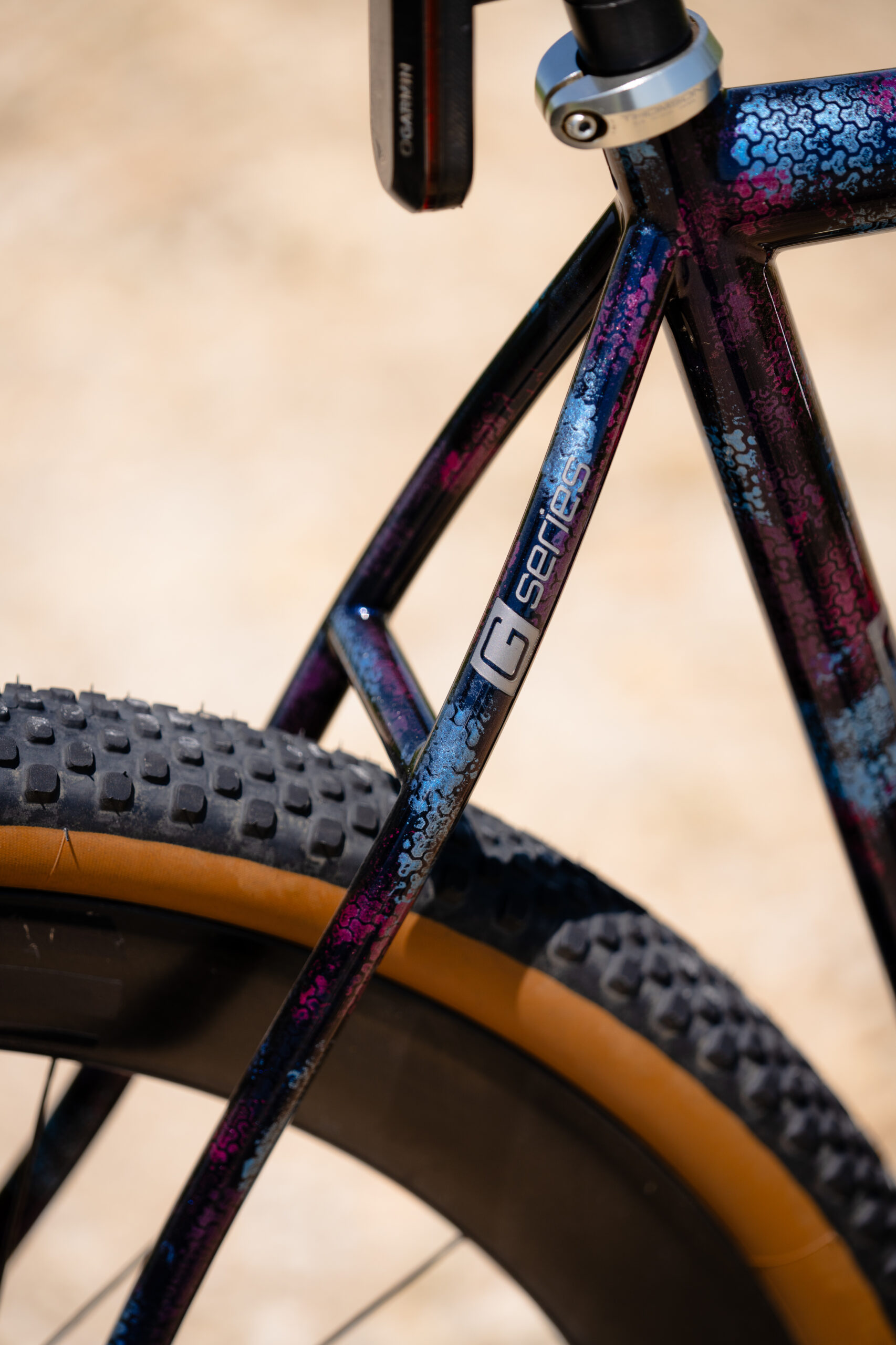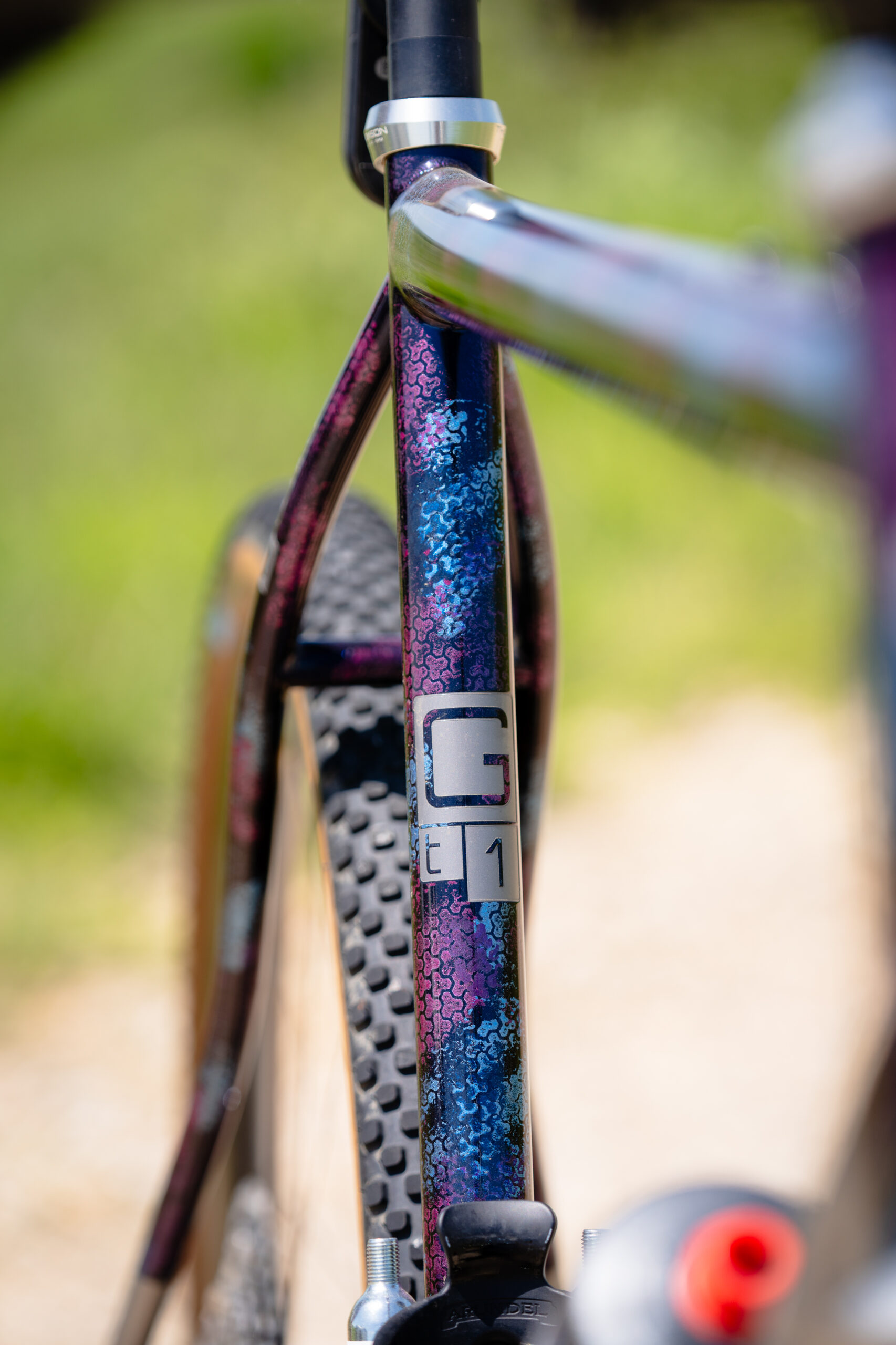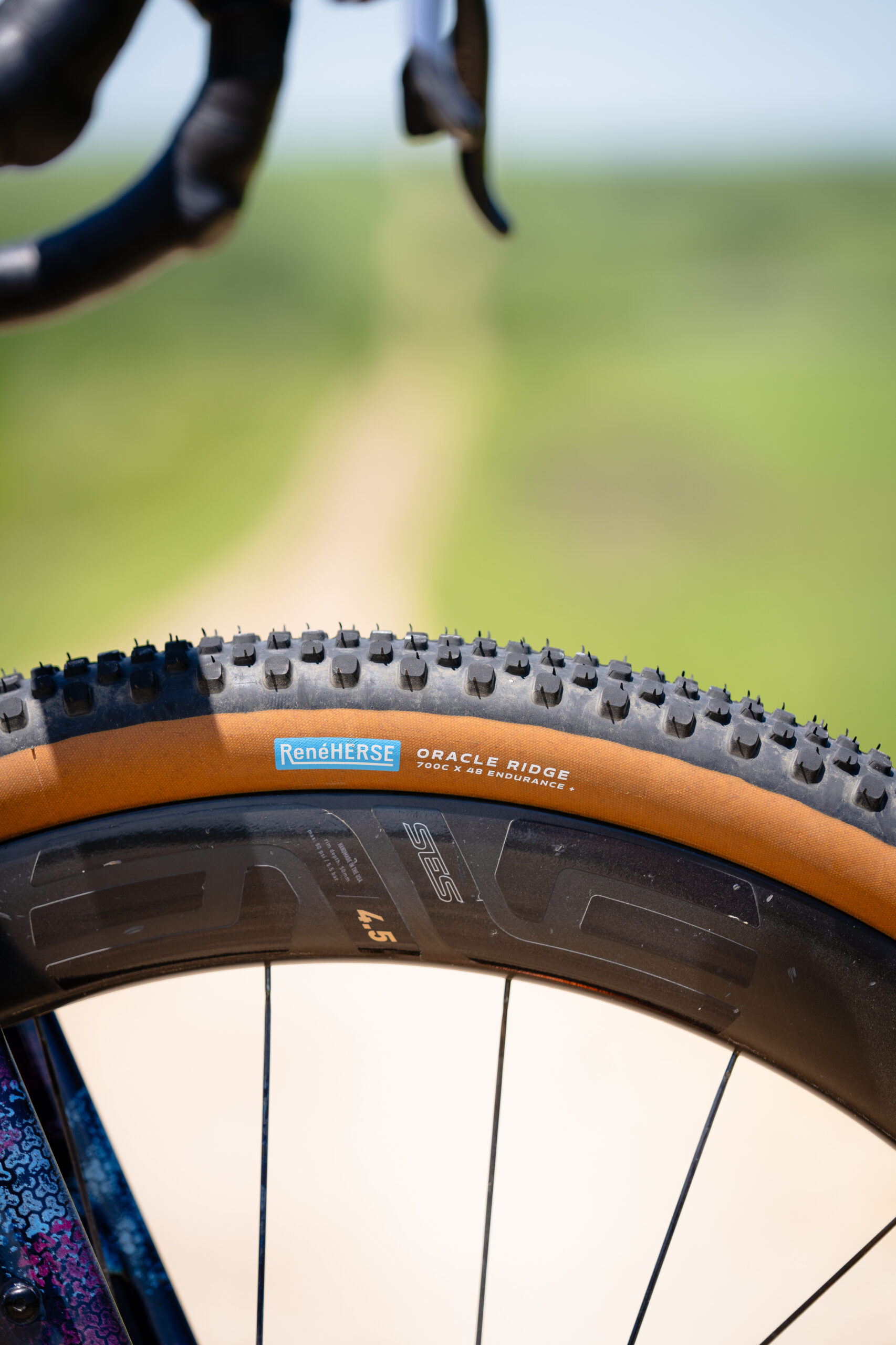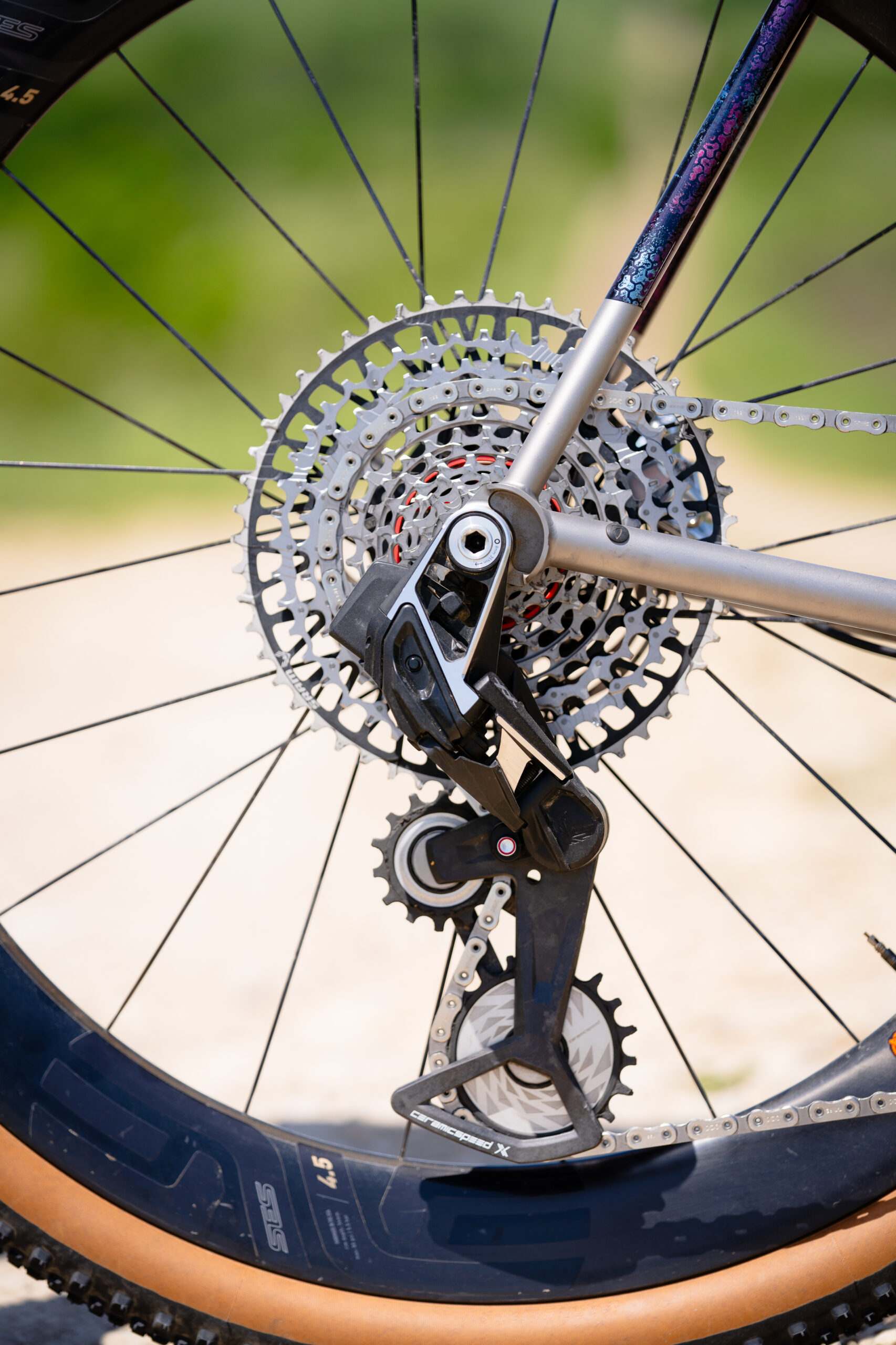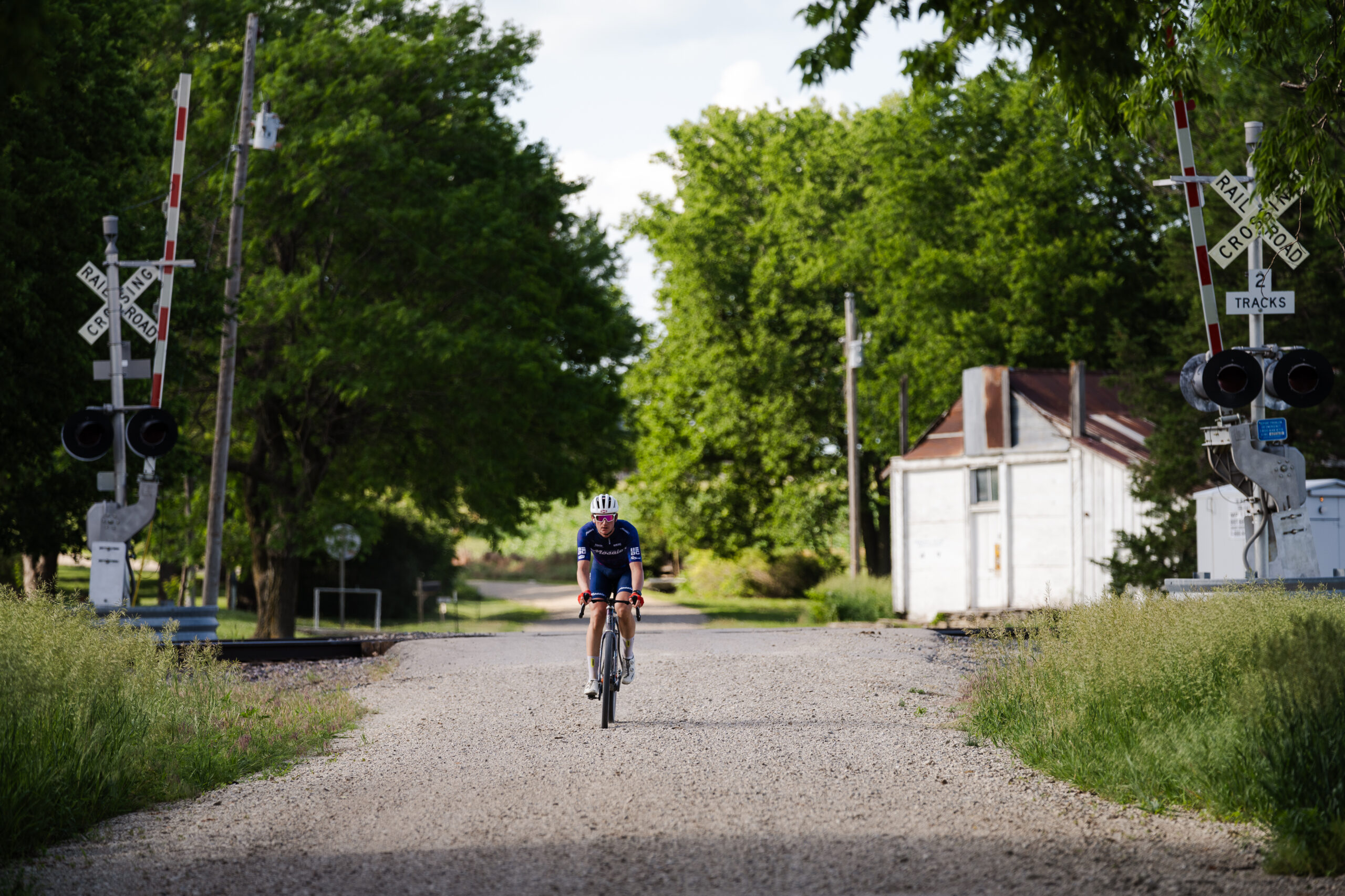Bike racing at the highest level is way more than just training, pinning on a number and going hard on race day. Properly planning and nailing the details can make or break a weekend, and for a self-supported pro with a day job like our own Team Mosaic Rider Ben Frederick, the preparation and logistics starts days before he gets to the start line.
For Ben’s Project Lead Lap, he spent the end of November through the beginning of January over in Europe to race World Cup Cyclocross, rubbing elbows with the very best in the world.
Here’s a peek into one of Ben’s weekends.
UCI World Cup Cyclocross Round #4, Namur, Belgium:
7:30 AM: Wake Up
We’re in Herentals, Belgium, in the dark. Legs are achy from the race yesterday… The sun doesn’t come up until 8:30 AM. It’s a balmy 40F degrees and torrentially misting. Not quite raining, but definitely not dry. I’ve done my best to just assume it’s going to be wet here, always. Welcome to Belgium.
7:45 AM: Breakfast
This morning it’s 125g of oatmeal, 30g of maple syrup, 24g of raisins, 30g of granola, splash of non-dairy milk and some cinnamon. One coffee.
“You weigh your food??” Yep! It’s a great accountability tool to make sure I’m eating enough! This sport is super hard and having an objective tool to make sure I’m getting the nutrients I need, regardless of how I feel is key to my success.

8:30 AM: Ride
When possible, I like to go for a spin on race mornings. Today I jumped on the bike for a quick spin down the causeway that runs by town. Riding with fenders is a must! It’s a way to wake up the body, nothing hard, just 30 mins at 140w. Gets me in the mindset of race day. Helps me feel like I can get through some of the nerves while moving, instead of sitting and just waiting. I saw a few barges, which was pretty sick.
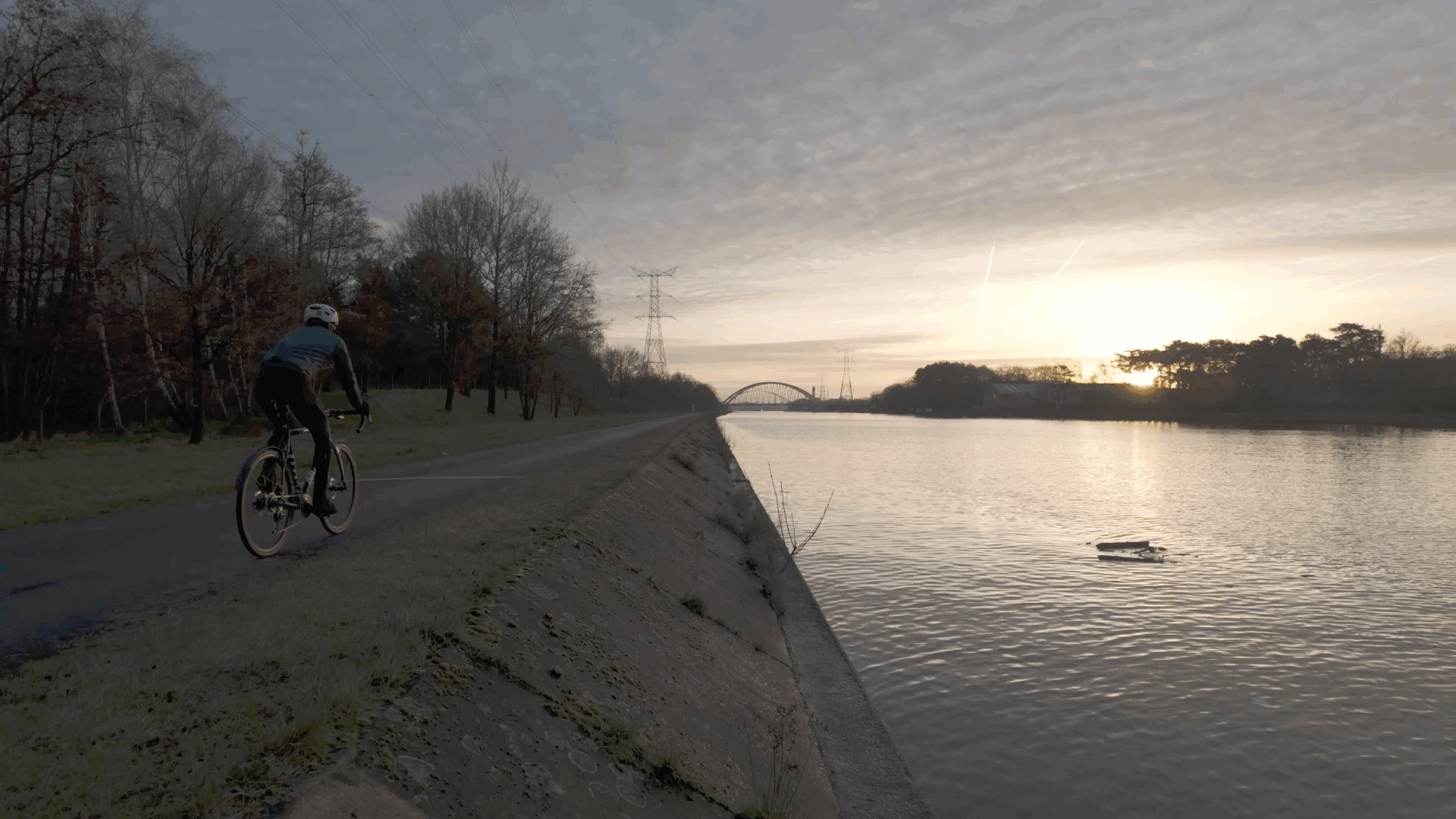
10:15 AM Pack
Cycling kit: All ORNOT, ALL the time. Thermal tights, lightweight tights, 1x LS
base layer, 2x sleeveless base layers, 1x thermal jersey, 2x race jerseys,
5x gloves, 1x cap, 2x rain jackets, 1x tear of pants, 3x shoes, 5x socks.

Nutrition: Pre-Race Meal- (350g Rice, 30g maple syrup, 30g peanut butter) 3x gels,
Water and hydration)
Gear: 2x Mosaic XT-1 titanium cyclocross bikes in the Small Monsters Project Livery and BenFred Geometry, 6x sets of Hunt Tubular wheels
(2x Challenge Grifos, 2x Limus, 1x Flandrien, Training wheelset)
Spares box: 14x sets of brake pads, 2x spare Christ King BB’s and
headsets, 4x chains, 2x of each tire
My Airbnb is on the 3rd floor. No elevator, and a spiral staircase… I got a second warm up by going up and down the stairs four times. Learning moment to check the listing twice to make sure it’s not that…again.
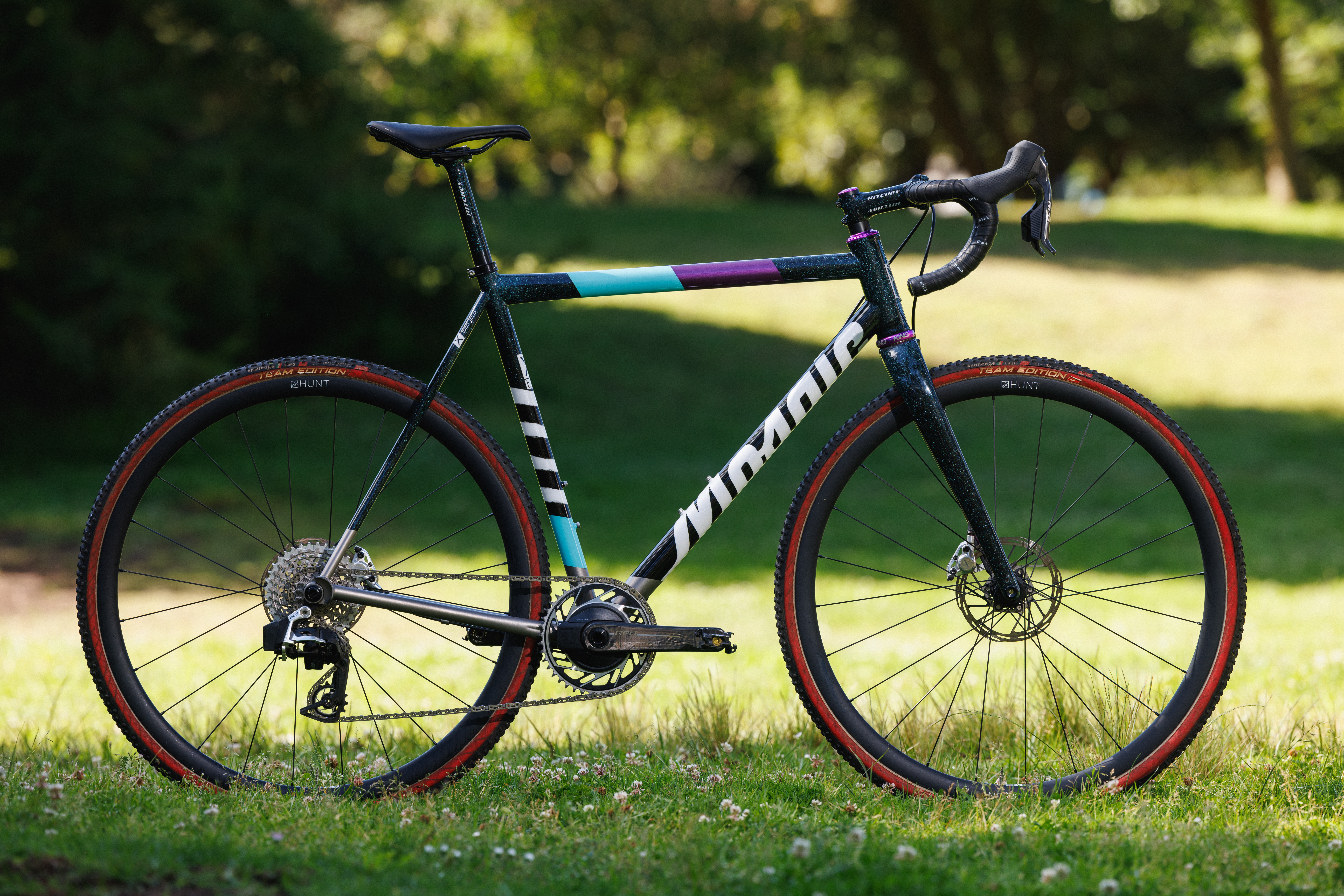
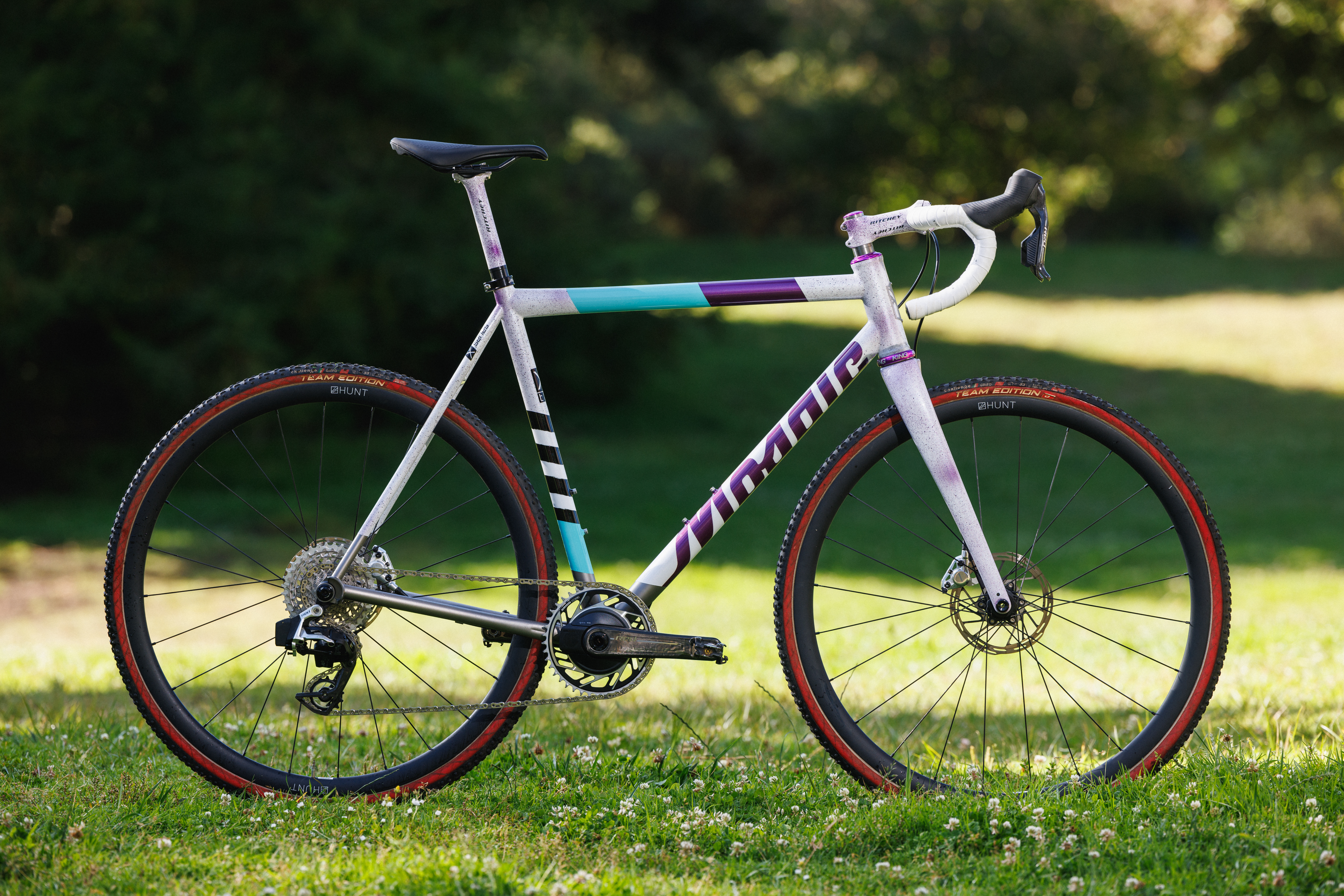
10:30: Transit
Drive to the race. Did you know that you have to pay $.90 to use the bathrooms at the rest stops? BUT you get that $.90 back as a credit at said rest stop. Smart by them! I got a speculoos**-filled waffle as a “just in case” if I need it.
**Basically the nectar of the gods. The best cookies ever, crushed down to a butter form. Biscoff adjacent.
12:30 Arrive
Finding pro team parking is always a challenge, especially as a foreigner. In my bumbled flemish/French I say ,“Coureur de cyclocross d’éliten?” while pointing to where all the campers are, explaining to them that I’m a pro, doing circles. Finally parking.
13:00 Pre-Ride
It is now time for me to casually learn one of the hardest courses on the World Cup CX circuit in front of 30,000 (relatively drunk) people. No Pressure. After watching this race for 10 years, it is a shock to see that the uphills and downhills are about 25% steeper in both directions in real life. “They really expect us to ride 33mm tires on this stuff? This is MTB sh*t!!”
I was able to follow Thibau Nys down the iconic Off Camber, learning the correct line through the crazy which set me up great for the race. There were a few downhills that were “huck and pray”. You had to ride past 4-5 guys at the top looking scared and pretend that you knew what you were doing. I only had time and energy for 2 pre-ride laps. Just getting around the course at a mellow pace was pretty hard…average HR 150bpm, average wattage 280w normalized.
All-Important Tire Check: We ended up on Limus front, Flandiren Rear at 20psi in both.
13:30 Watch and Wait
Watch the start of the Women’s race on the live stream, pin on numbers, get kit ready and change. I can learn a lot of the lines and see how they’re riding the course, see how often they’re pitting, etc etc.
14:10 Gel and Trainer Warm Up Time
The goal is to get the HR up without roasting my legs. I have a general outline of a warm up that I’ll change depending on how tired I am, how far it is from the start. Generally it’s 10-15 min of spinning, 5-7 min build from 200w up to 400w, 3 min rest, then 1 min at 425w, 45s rest, 45s at 550w, 30s rest, 30s 600w+, 1-2 min rest then off to the start!
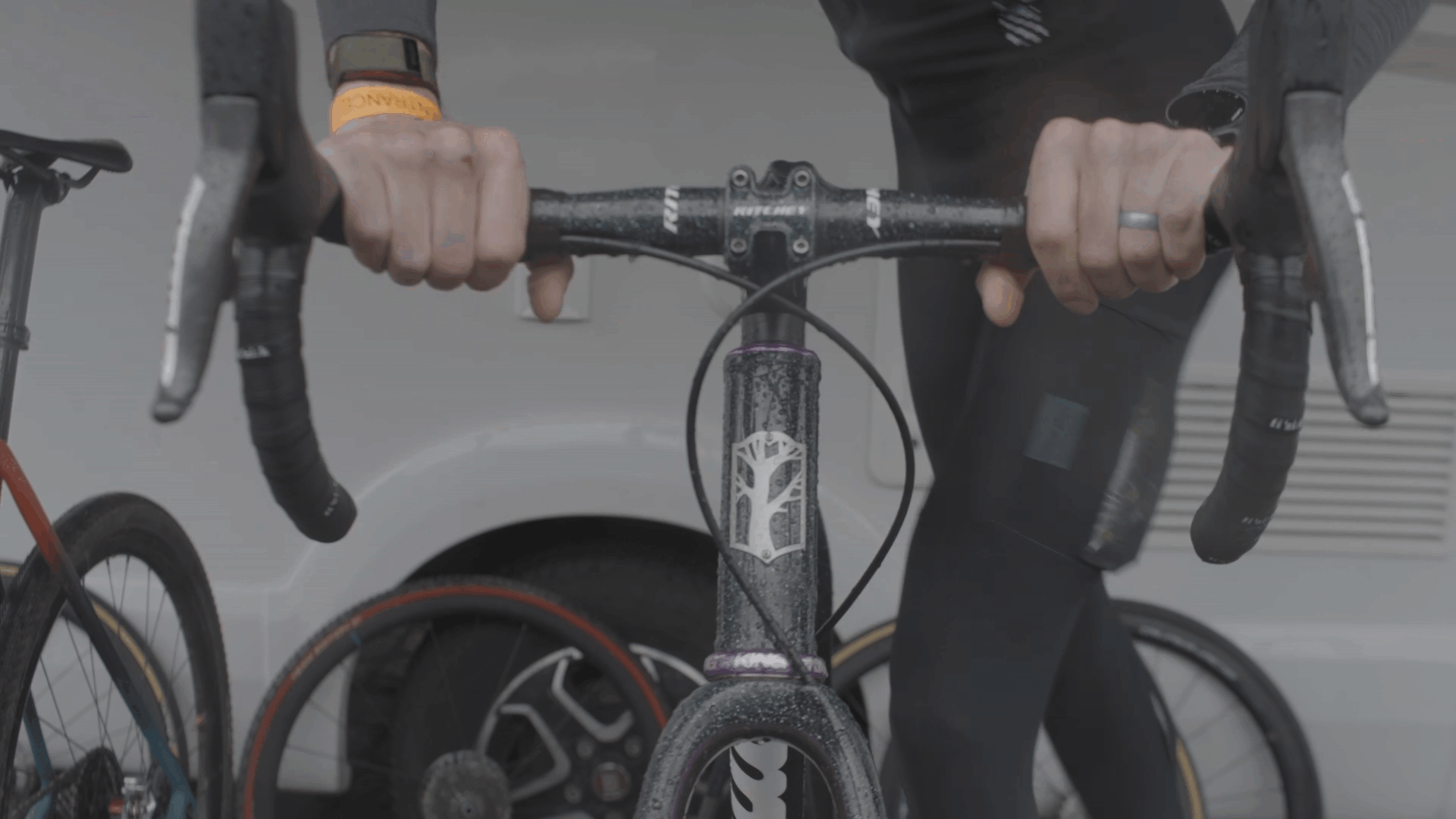
15:00 Line Up and GO.
Ride legs off. Everything’s a blur. So many un-ironic “allez” around the course. Full noise, 90 other riders, lots of them crashing. A domino effect pushed me into a post which broke my handlebar pretty far from the pit. The support of the crowd as I limped around the course was unreal. Hard to have the race end that way.
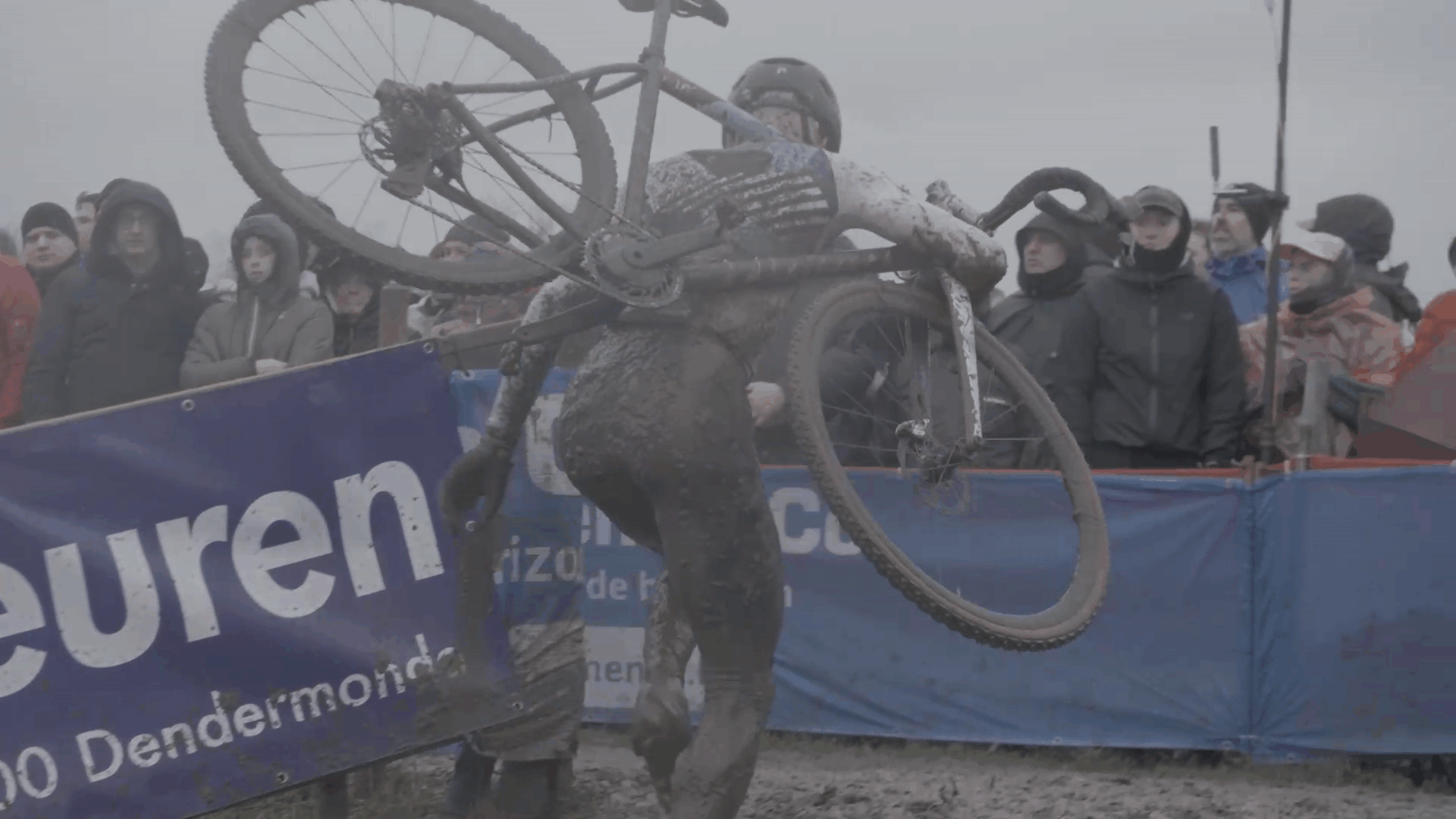
16:00 Post Race
Cool down and decompress. Recovery Shake (Skratch Labs vegan chocolate, 3 scoops)
16:30 Wash and Pack
Spray down everything at the power washers. These races are pretty set up to handle lots of bikes, but it still took ~30 min of walking stuff to the washers, spraying them down, walking back to the car. Stuff was about a 8/10 on the mud scale. It was a “dry” Namur so most of the mud stuck to the bike and shoes. Not a ton of spray onto the kit. It was getting dark too… Pack car carefully. Can’t make the rental muddy.
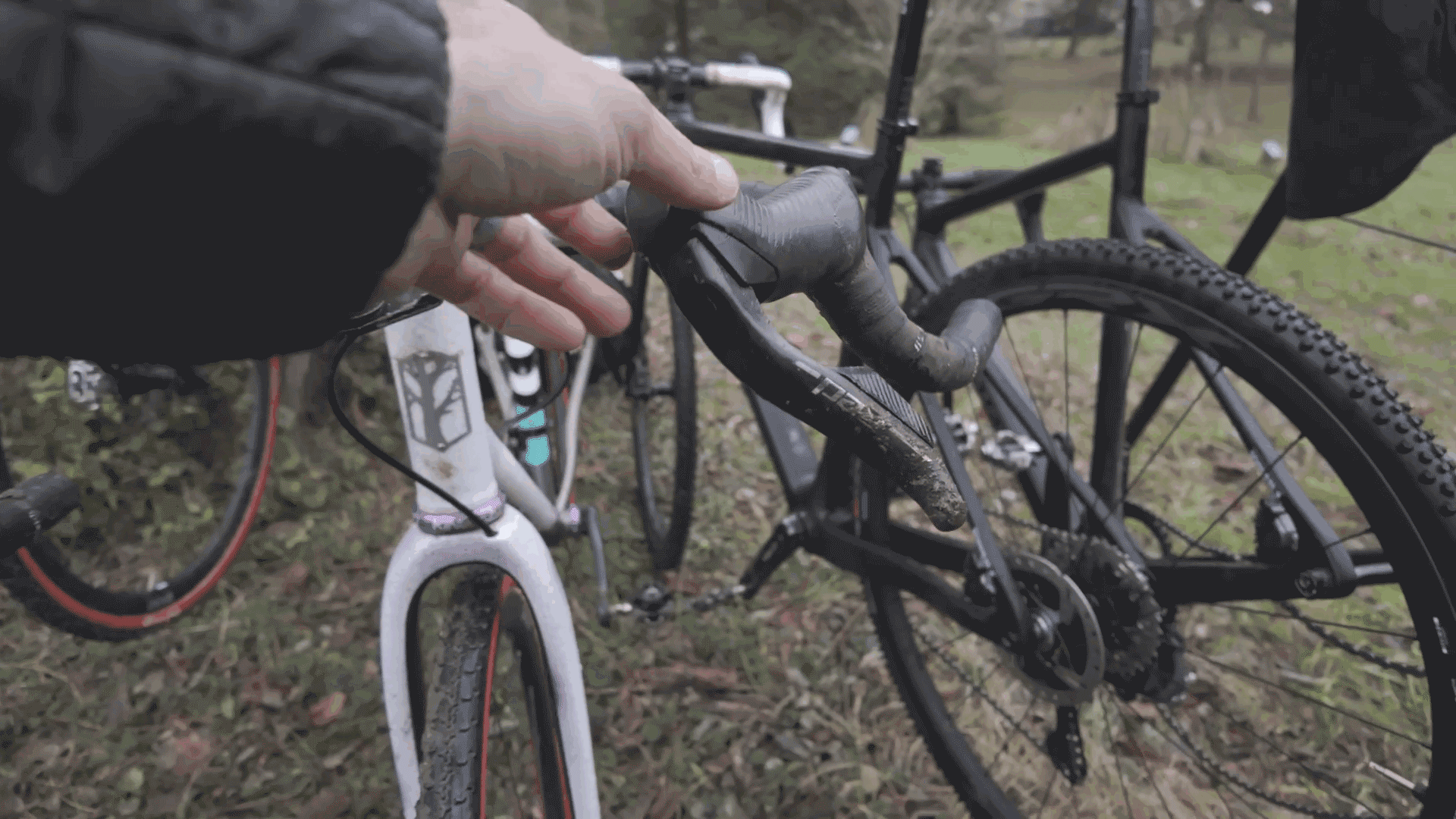
17:00 Head Back
Depart from the race venue and have post-race meal while driving: 350g rice with 100g tofu and sriracha. I have plenty of time to eat in the car with the stop/go traffic leaving the venue. Luckily a lot of folks stay and party, the bass from the party tent reaching a surprising distance from the venue.
19:00 Snack Time
Remember that waffle I got? Snarfed.
19:30 Get Back, Unpack
Arrive home and haul all the things three floors up that spiral staircase (4x). Feels great.
Take stock of gear post-race:
Shoes: soggy
Kit: soaked
Helmet: gross
glasses: [tossed during race and later recovered]
Handlebars: in two pieces
Brake pads: gone
Drivetrain: thrashed
Body: Sore, bruises everywhere, even though there was no crash
Eyes: full of dirt
Authors note: Here’s where things get a little hazy. At the end of back to back race days, it turns to survival mode. How quickly can I get horizontal? No thoughts, just zombie movements…
20:00: Laundry
Sorry Laundromat…
20:30 Shower
Warm water is nice…how are my feet so dirty?
20:45 Snack
Something. Anything. Tonight was a handful of granola, blueberries and honey. Found some mud in my ear I missed in the shower…
21:30 Sleep
Some 14 hours, 250km and four hours of driving, and one World Cup race later, we’re back in bed…
Now repeat this 8 more times between now and Jan 5th…
Stay tuned for Project Lead Lap, a docu-Series to show what it’s like at these races.


